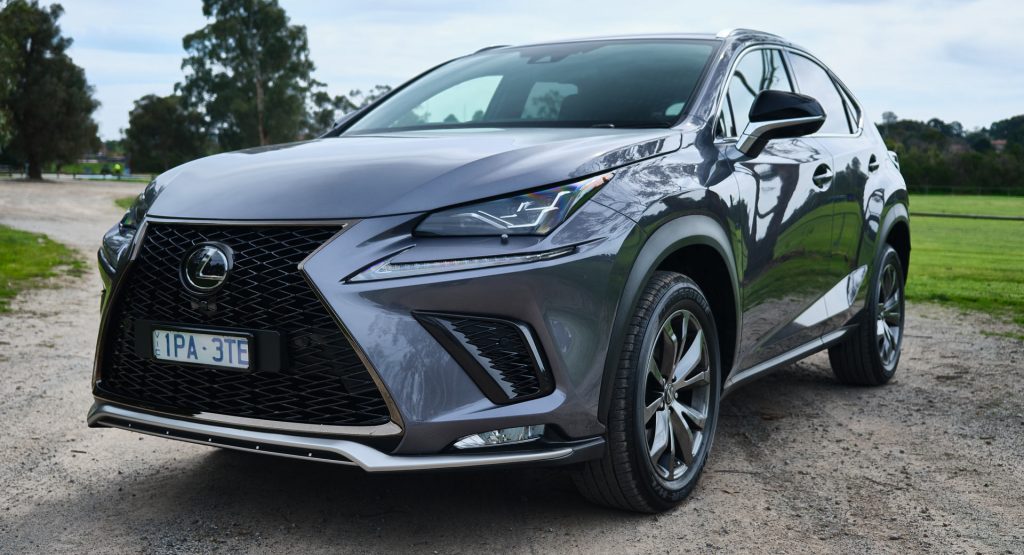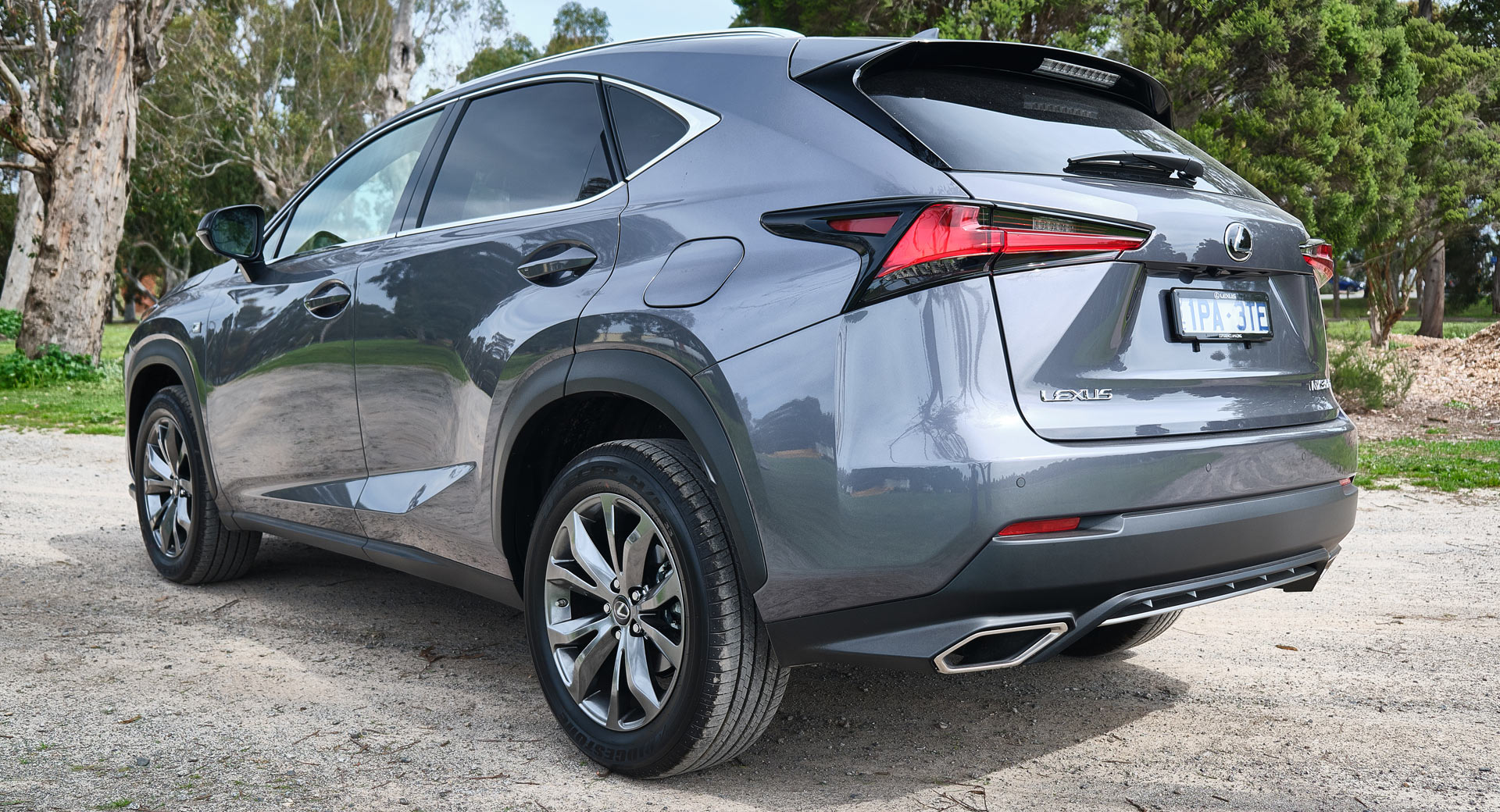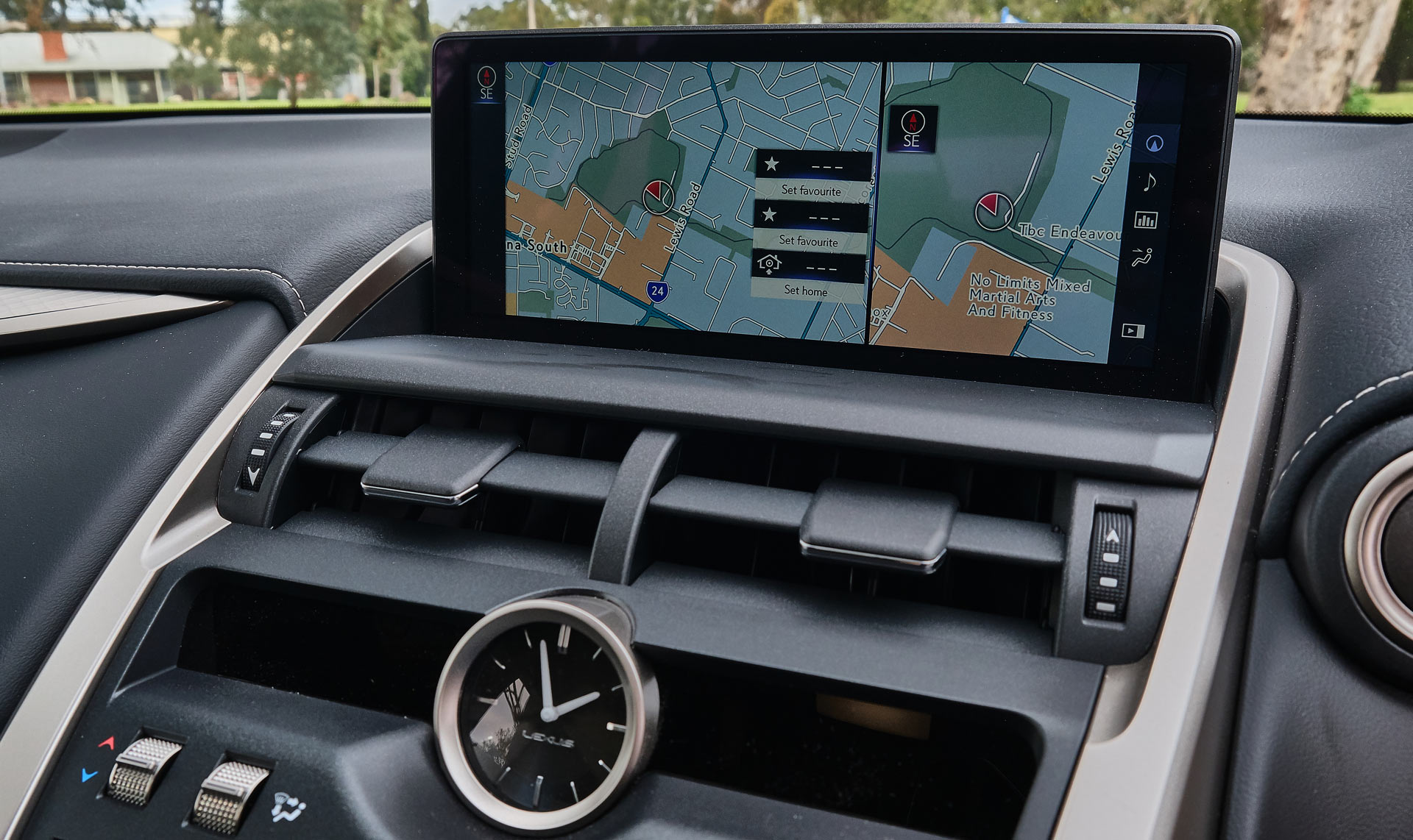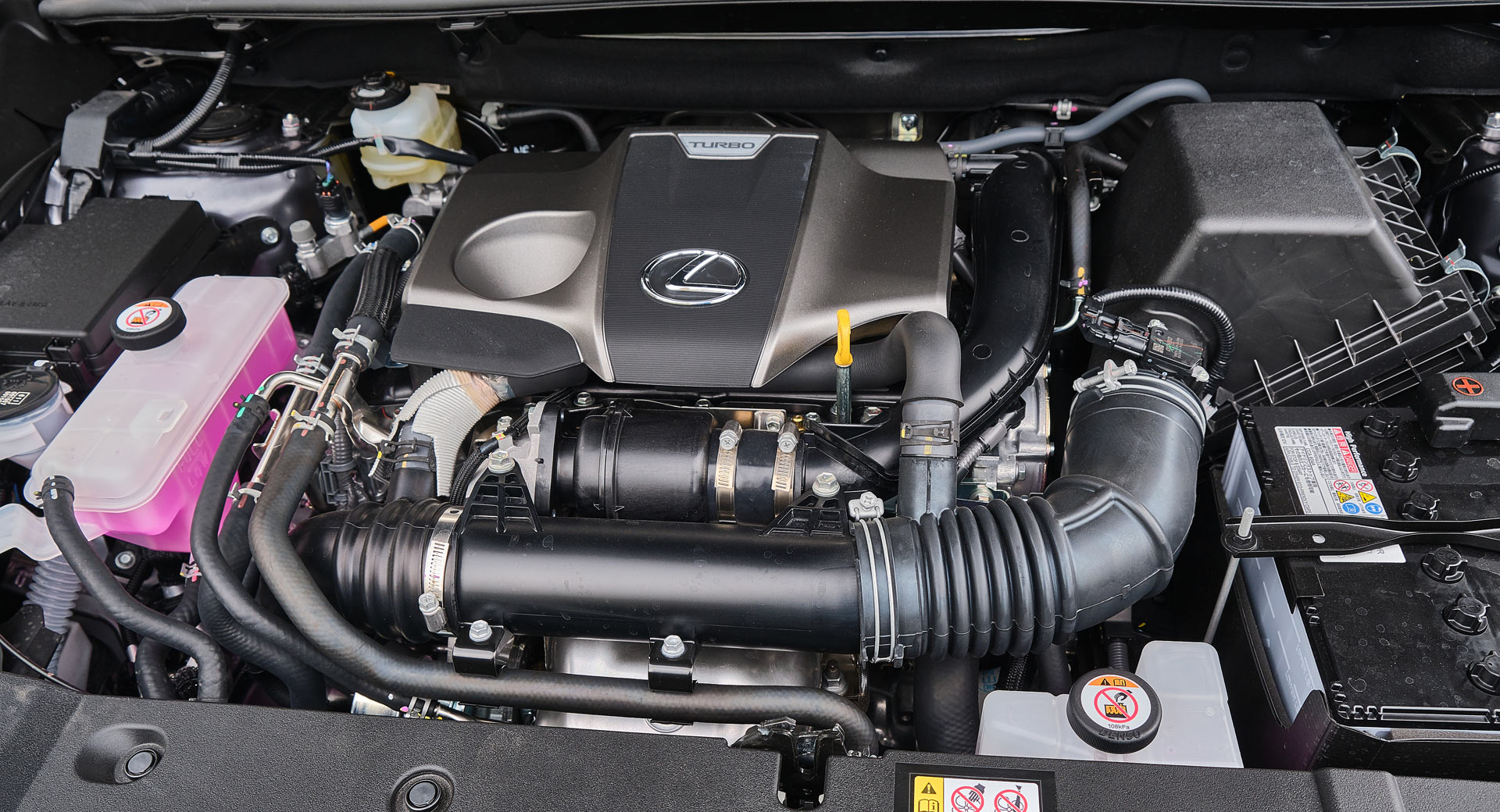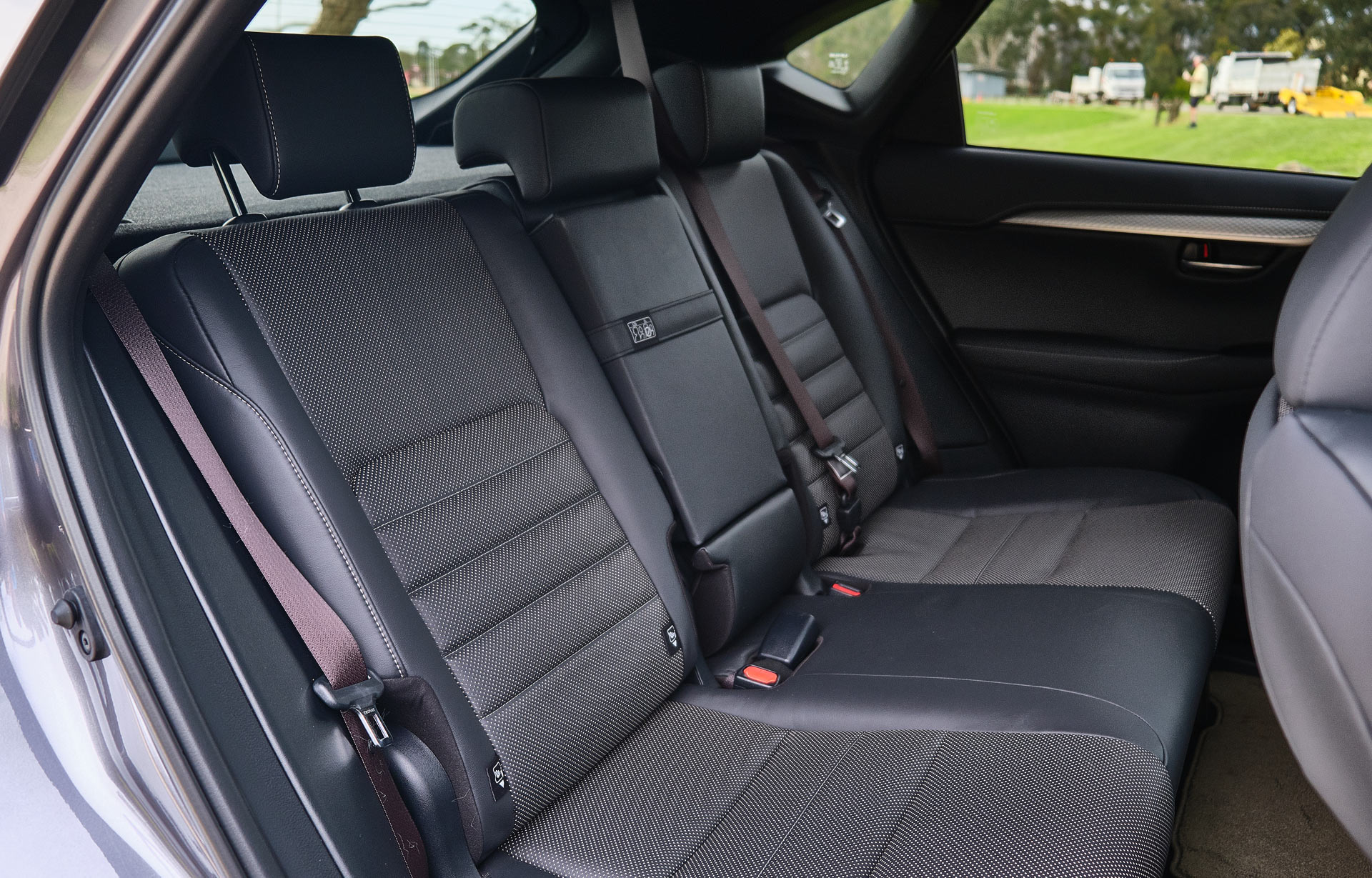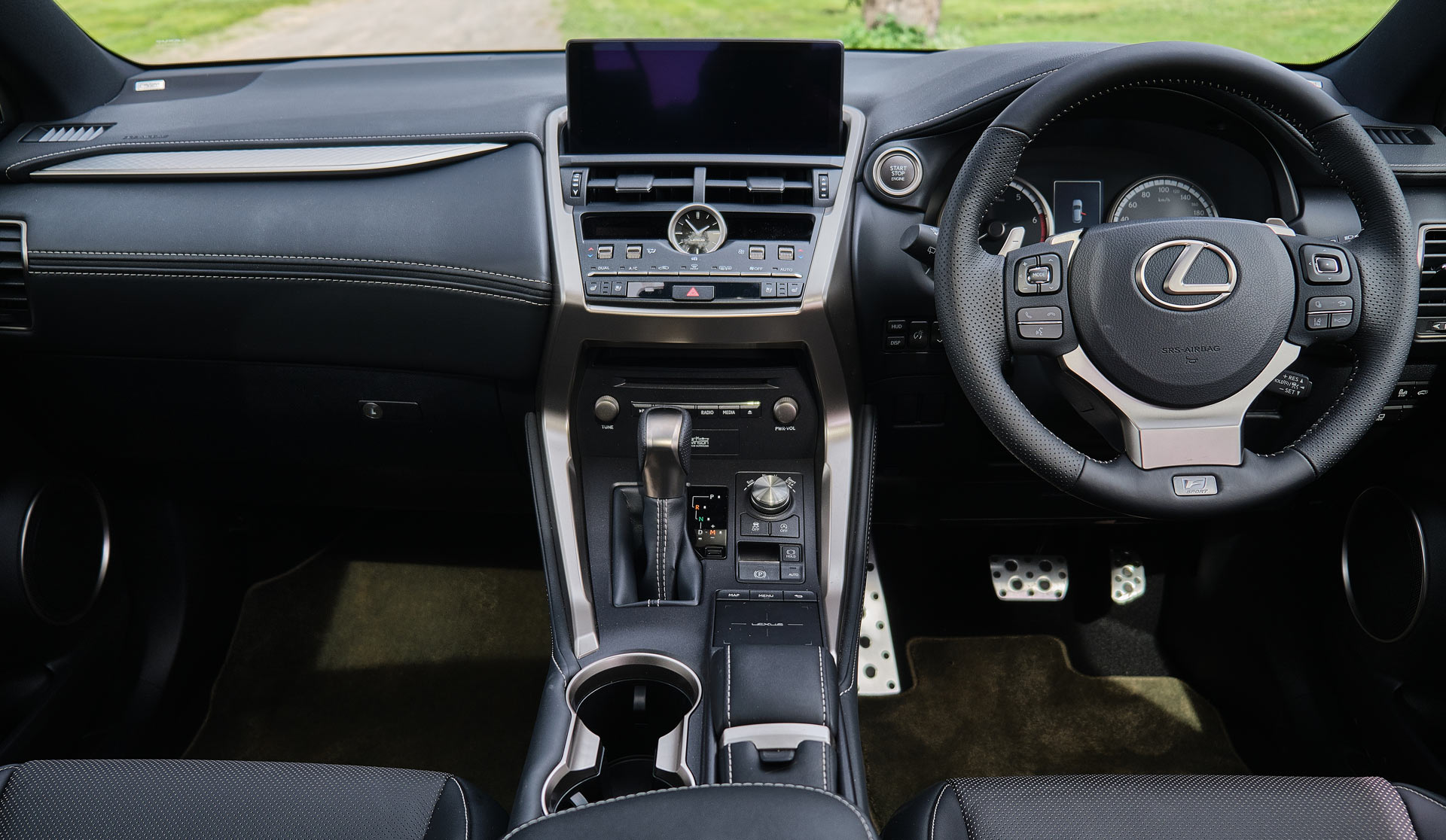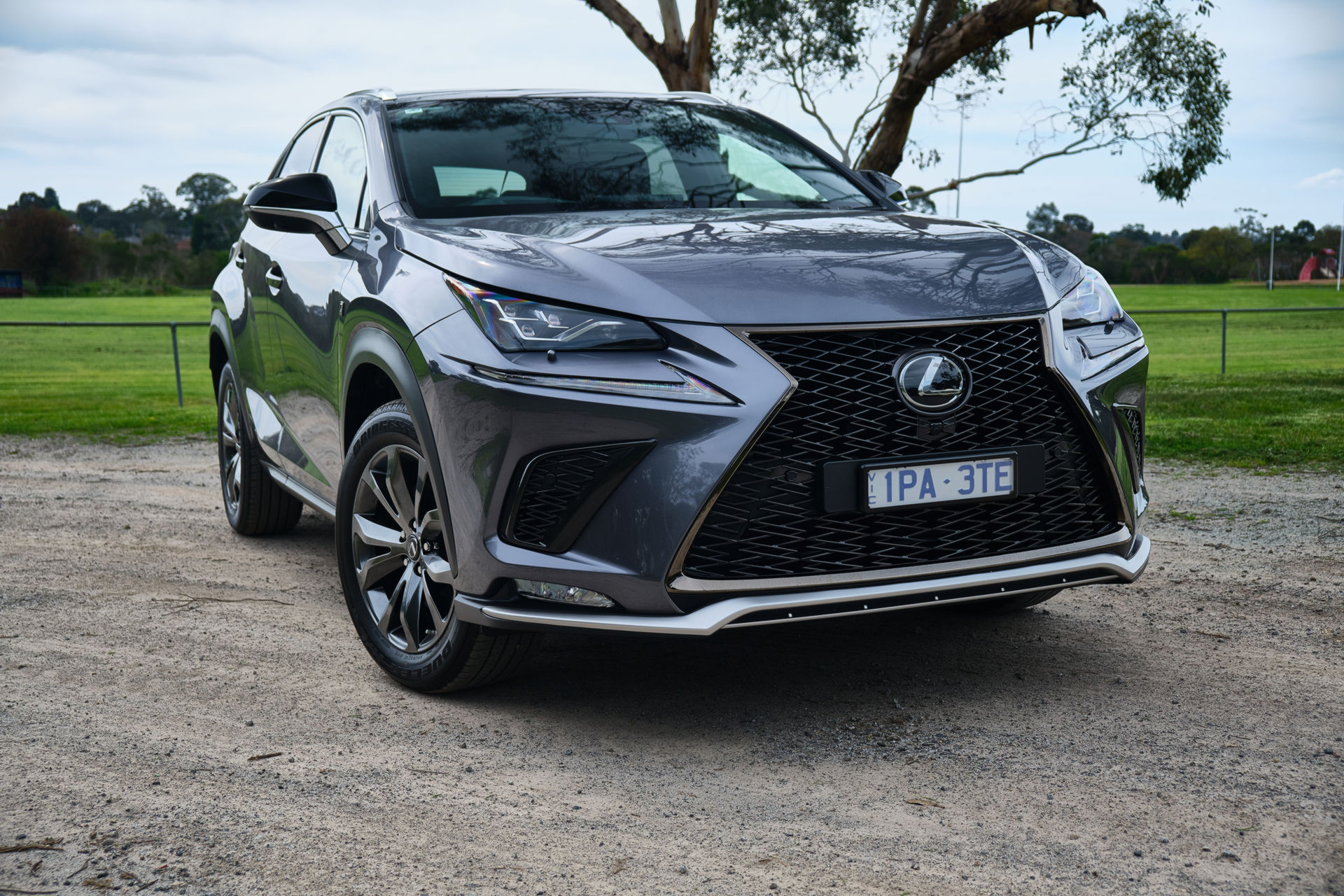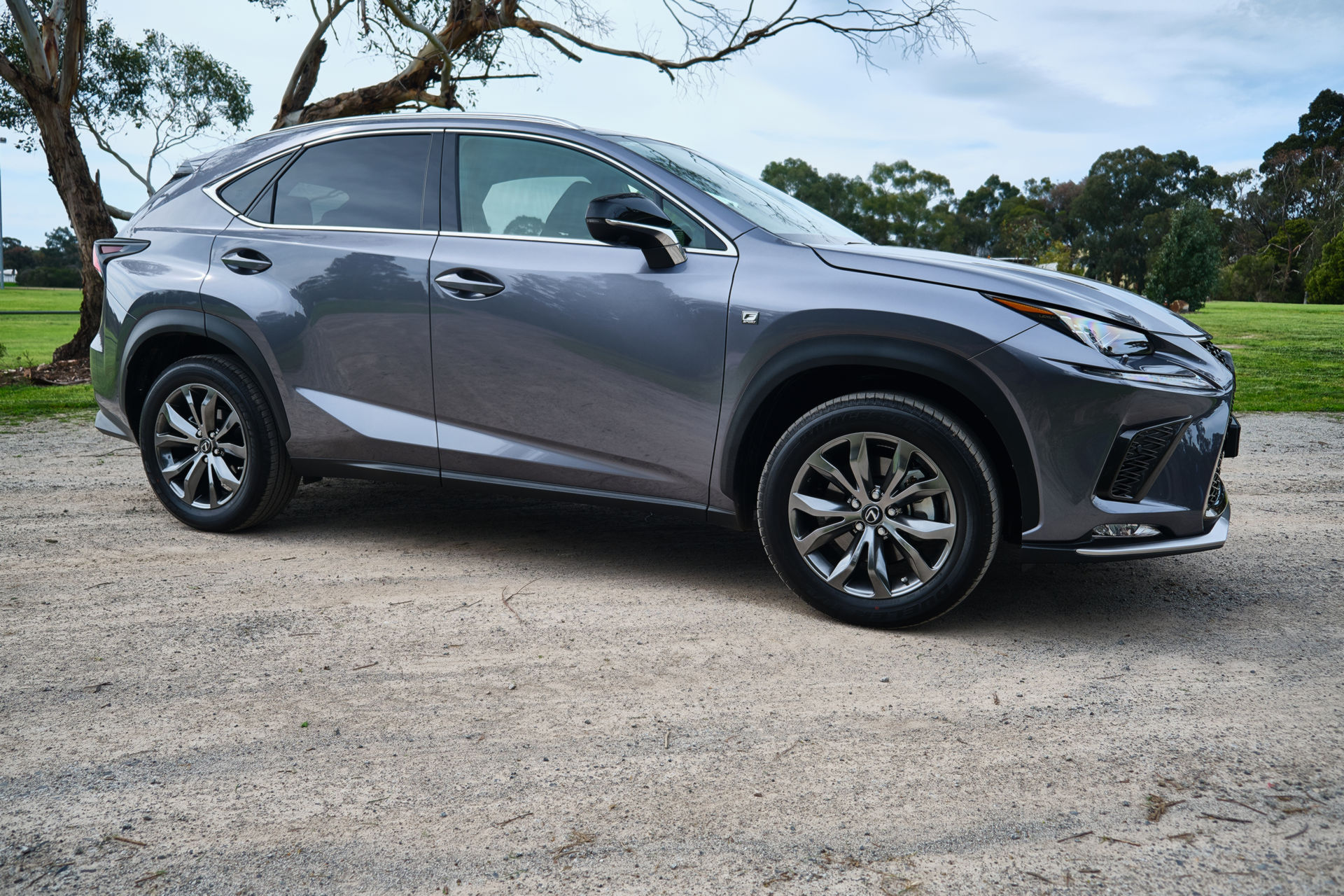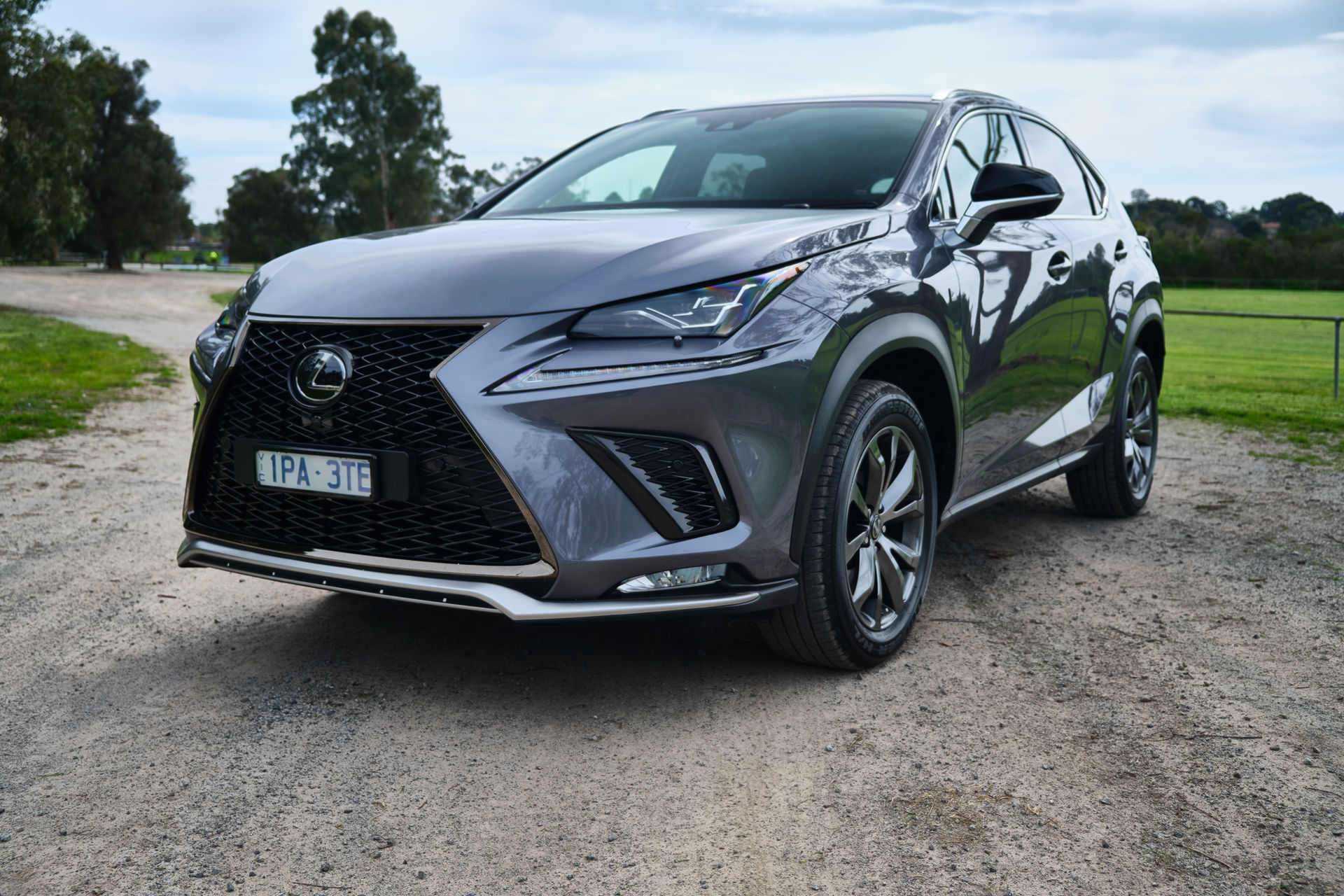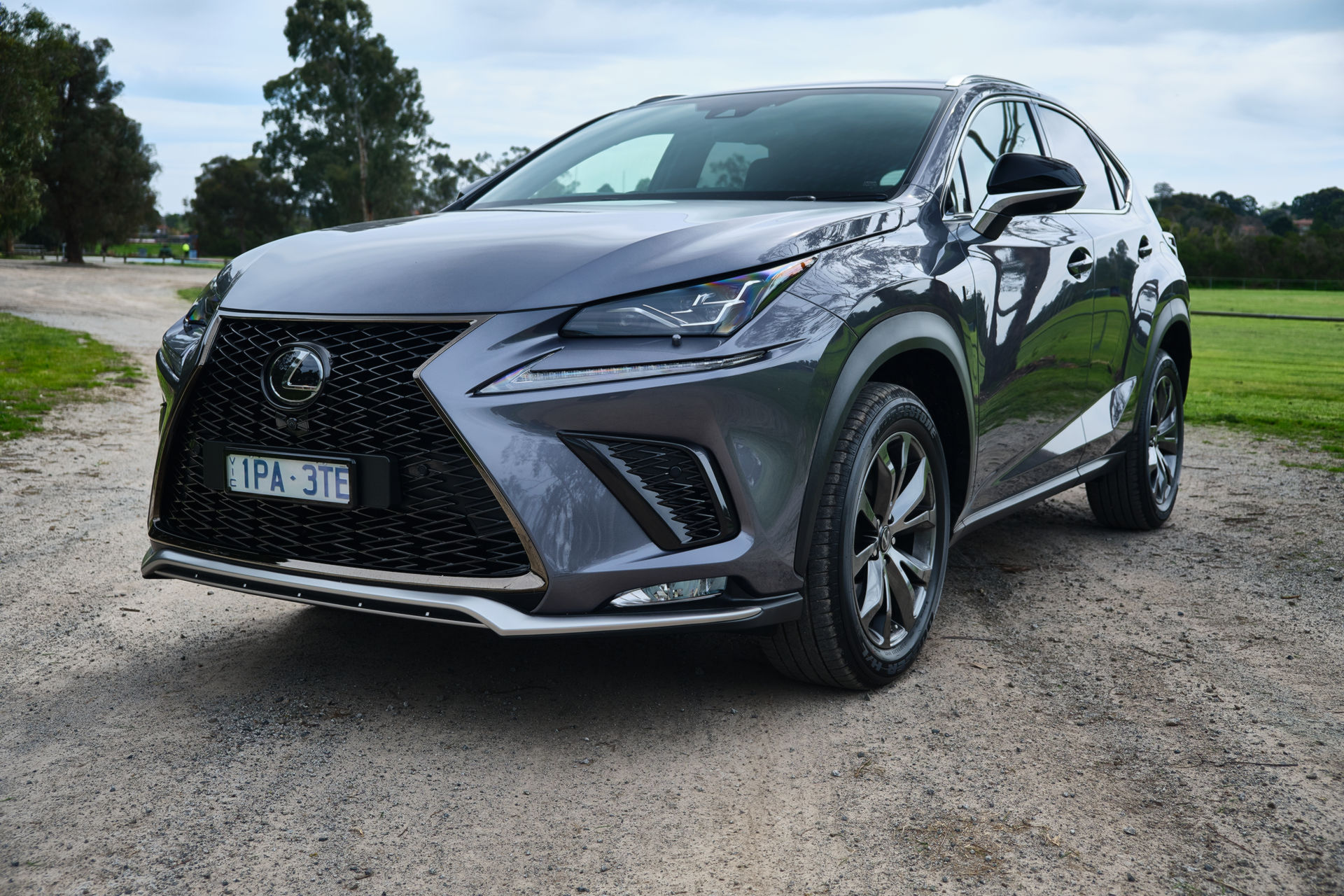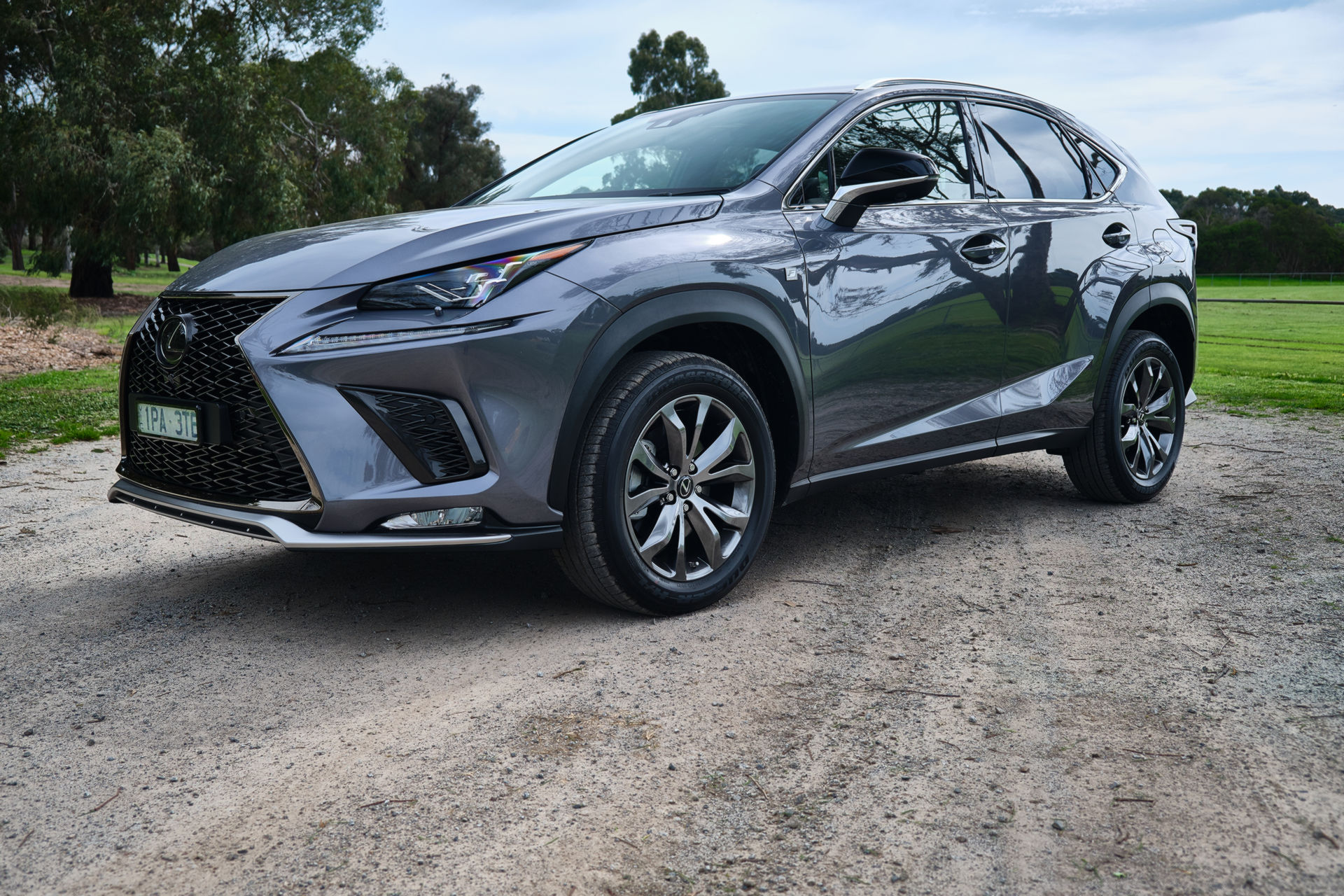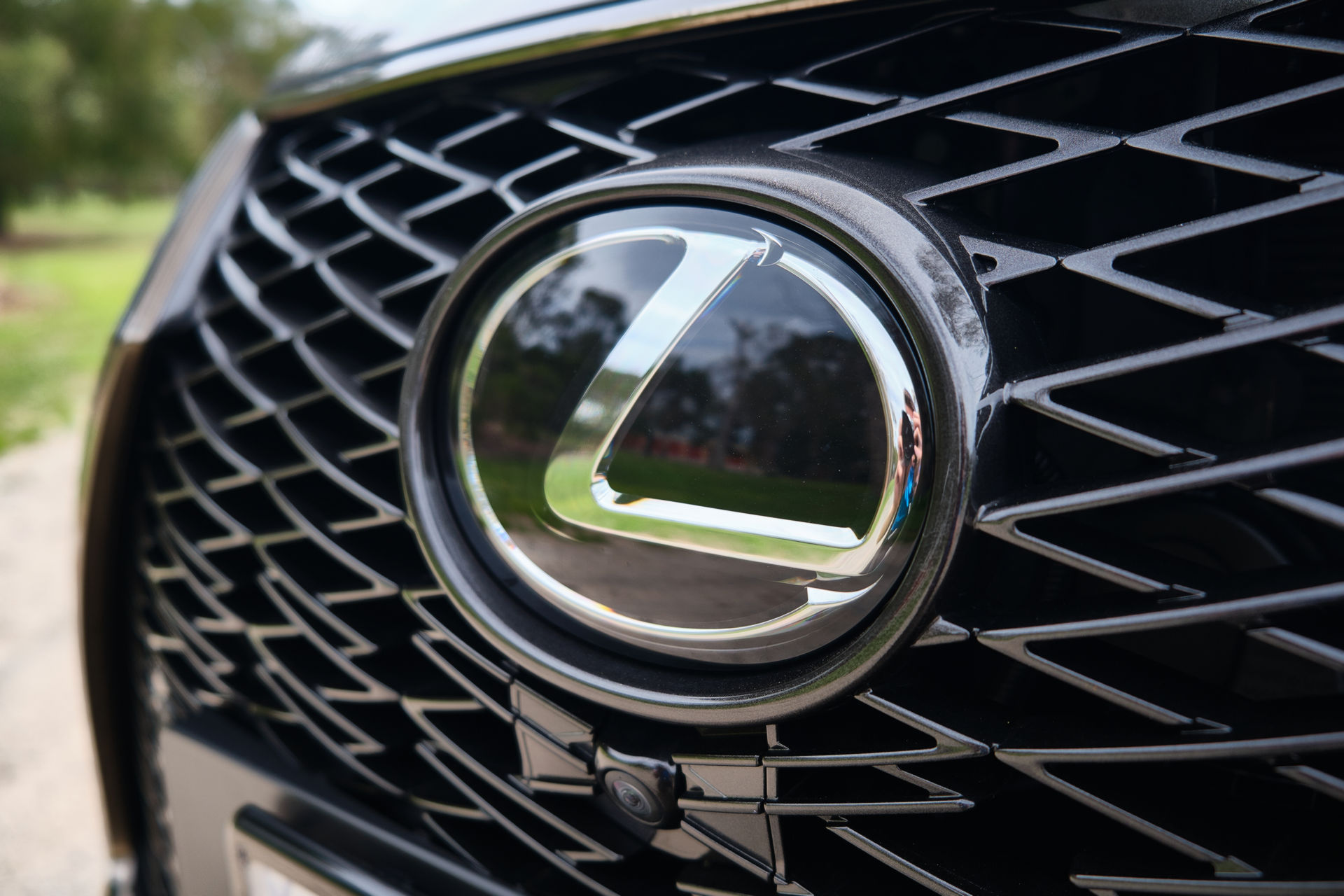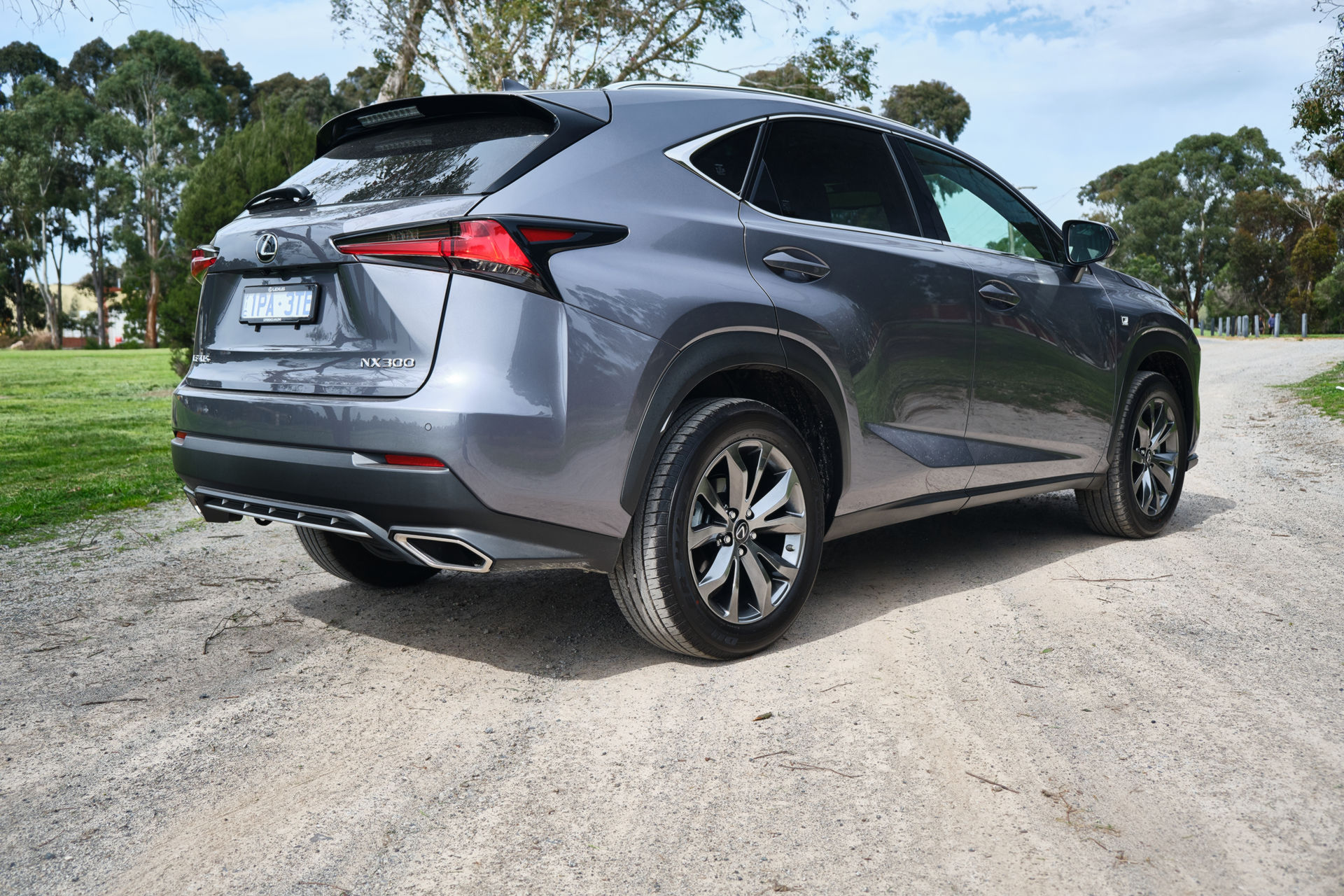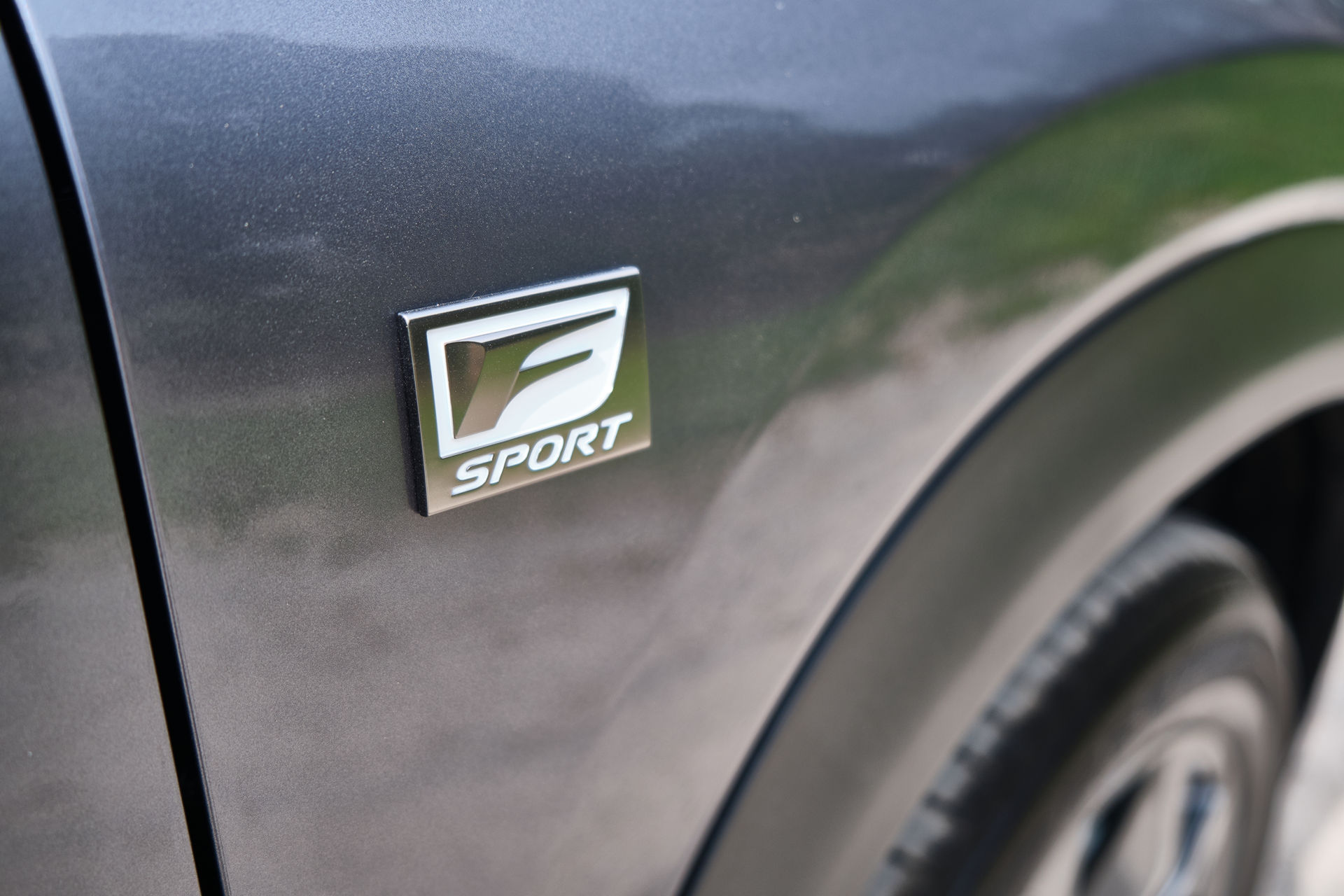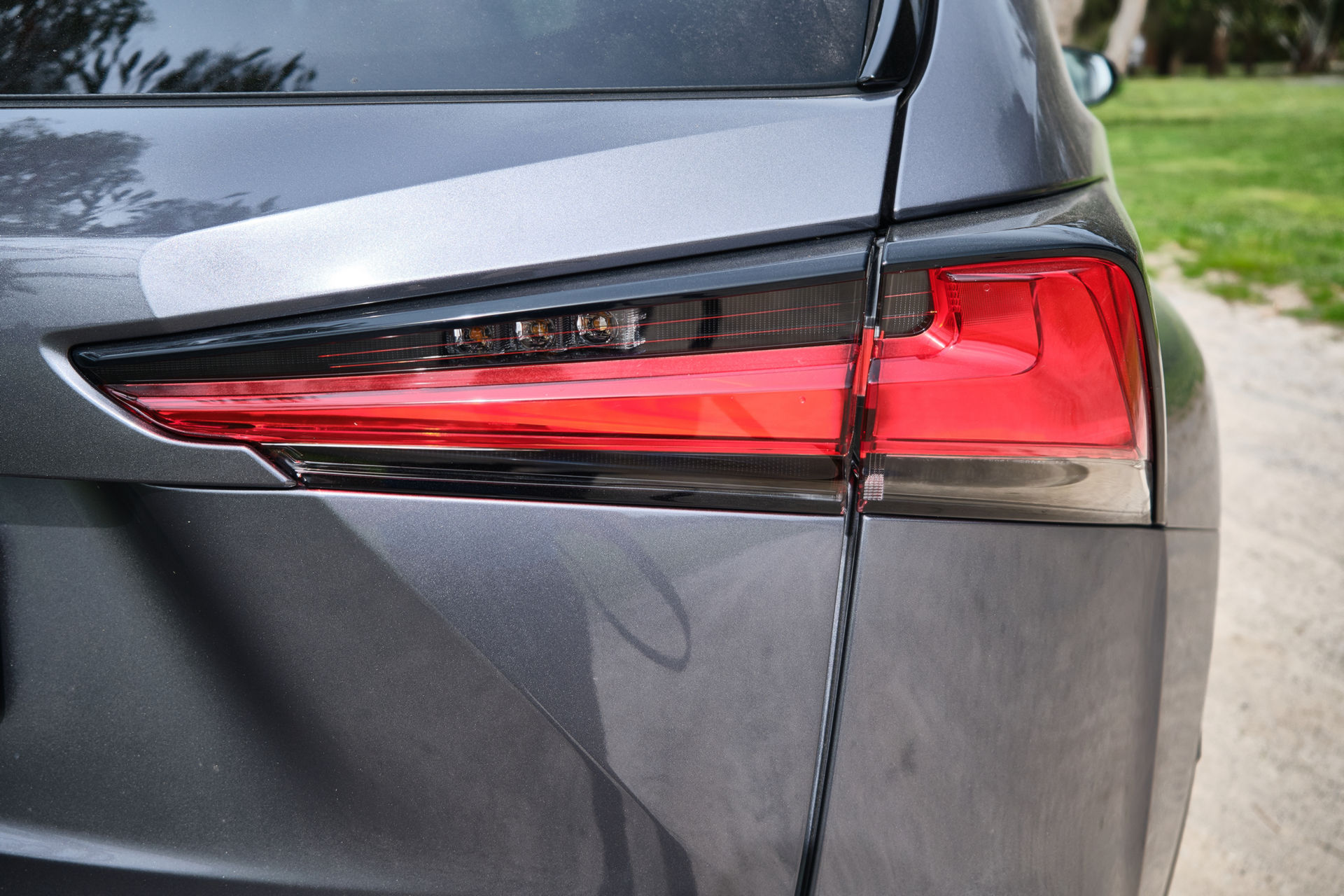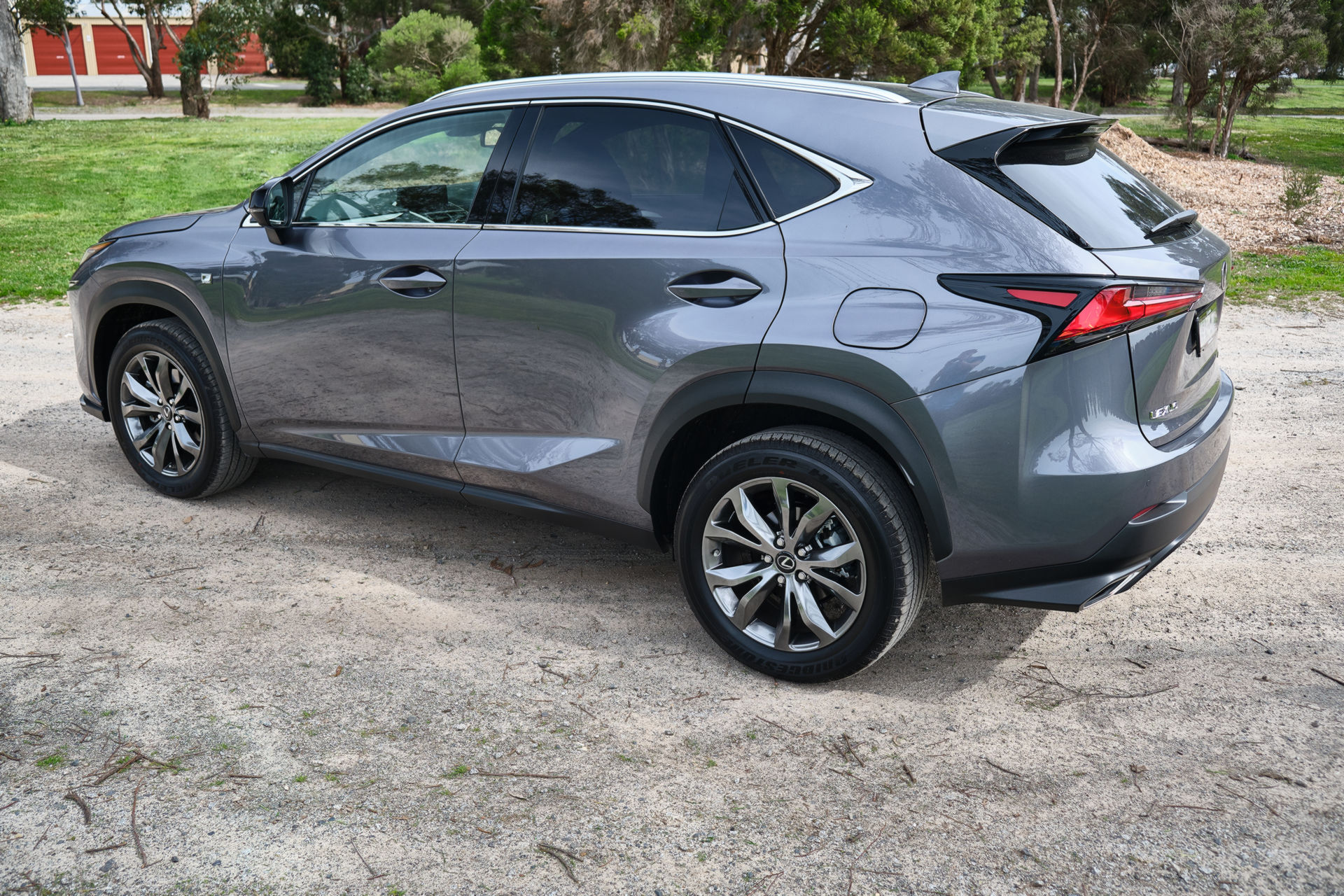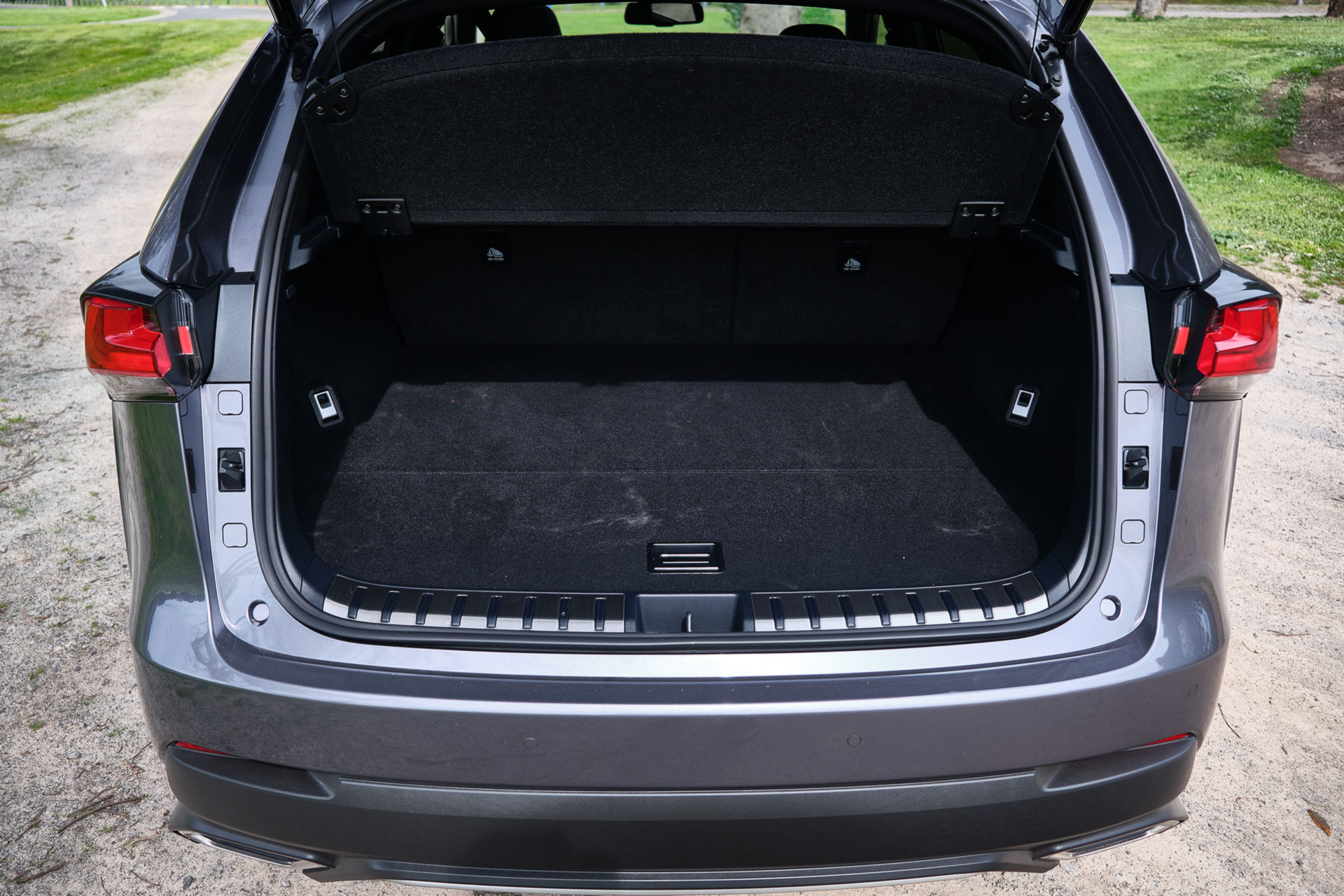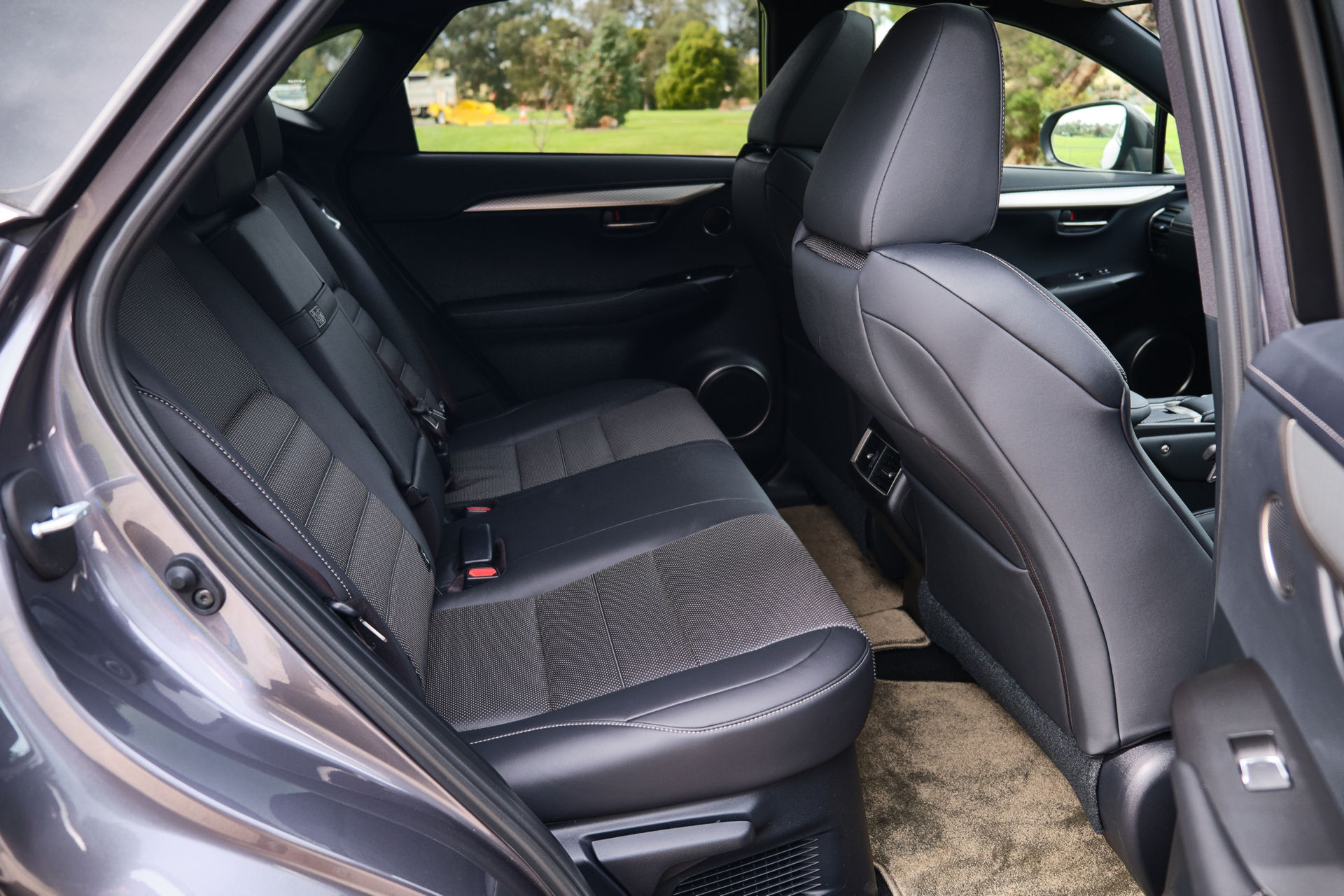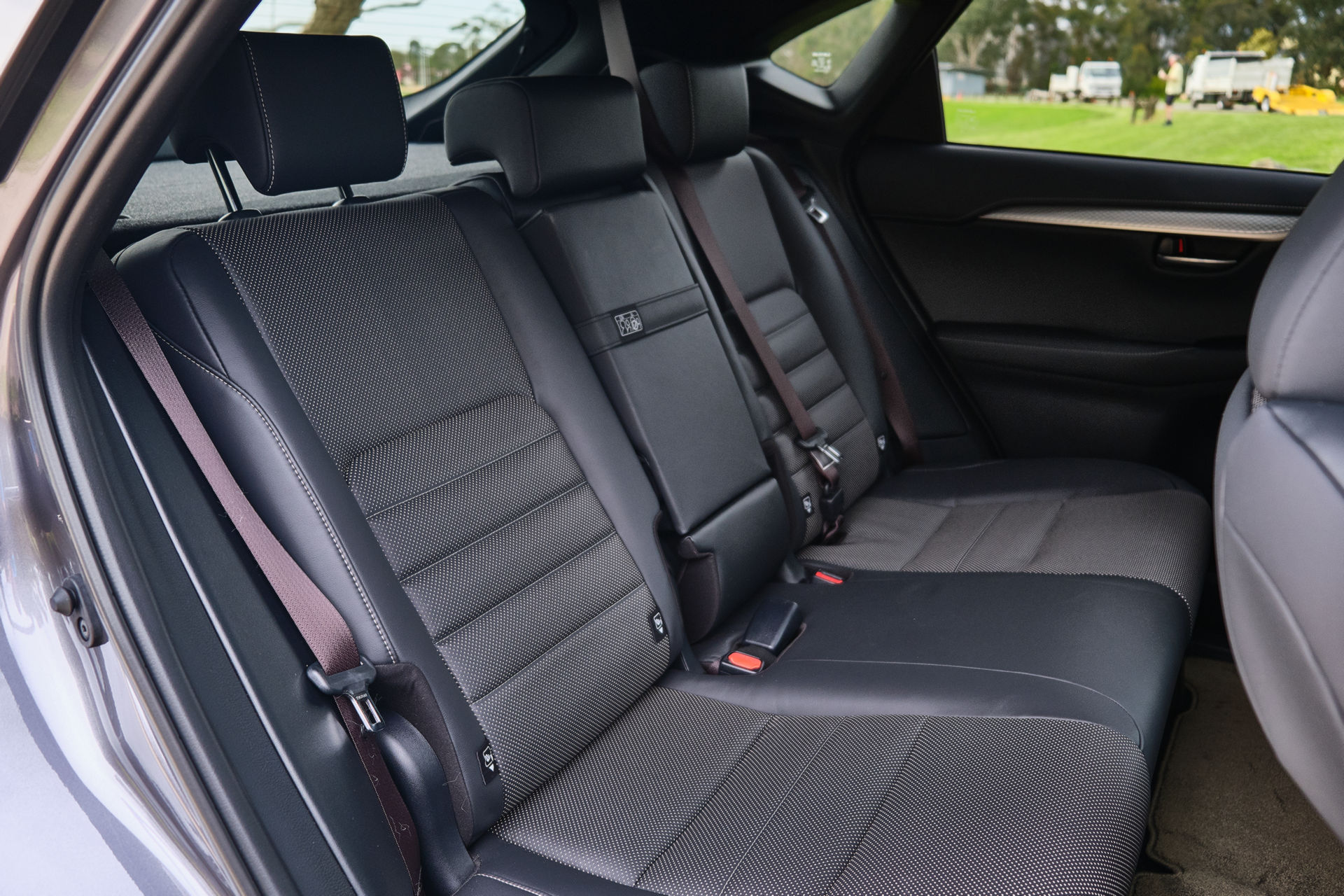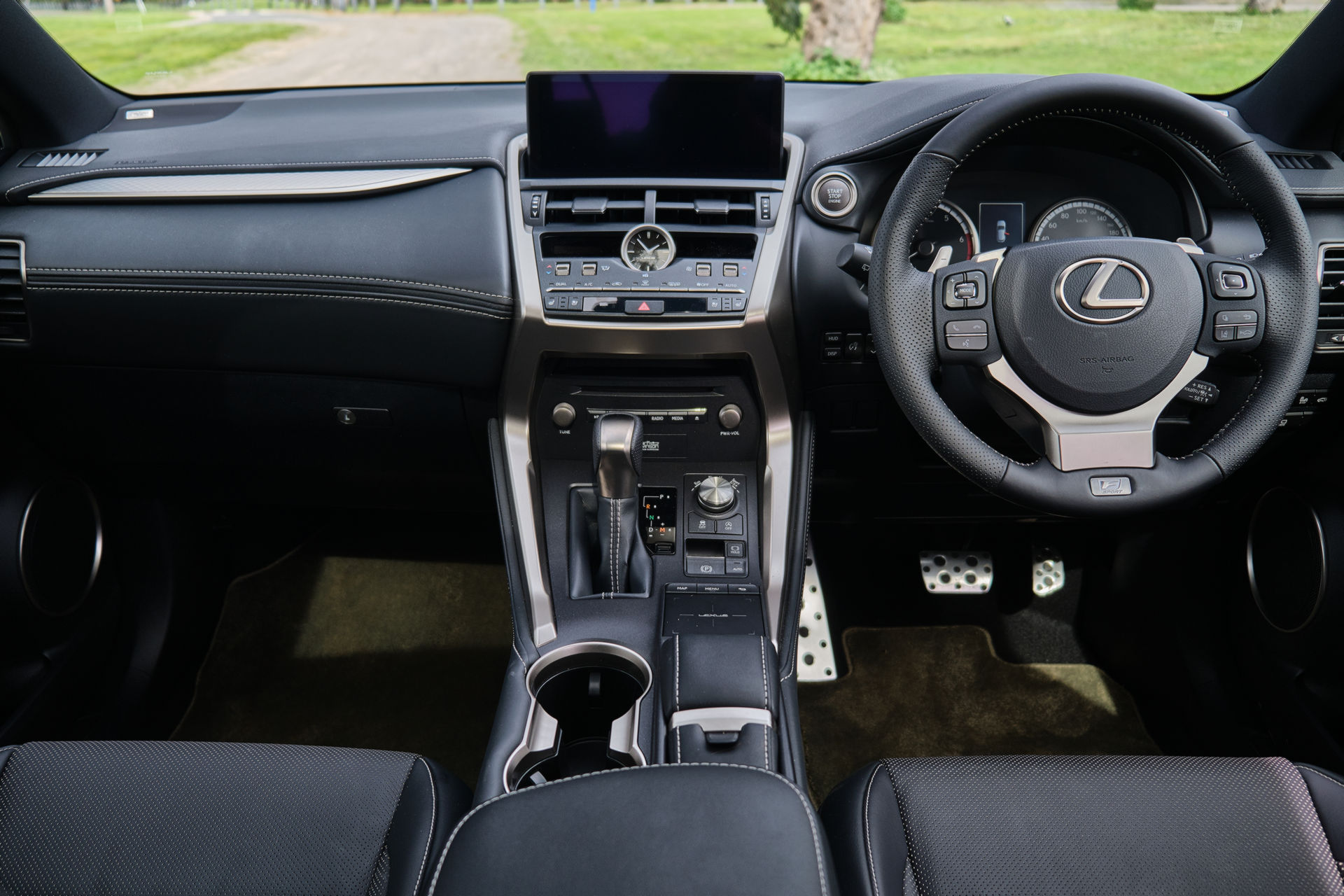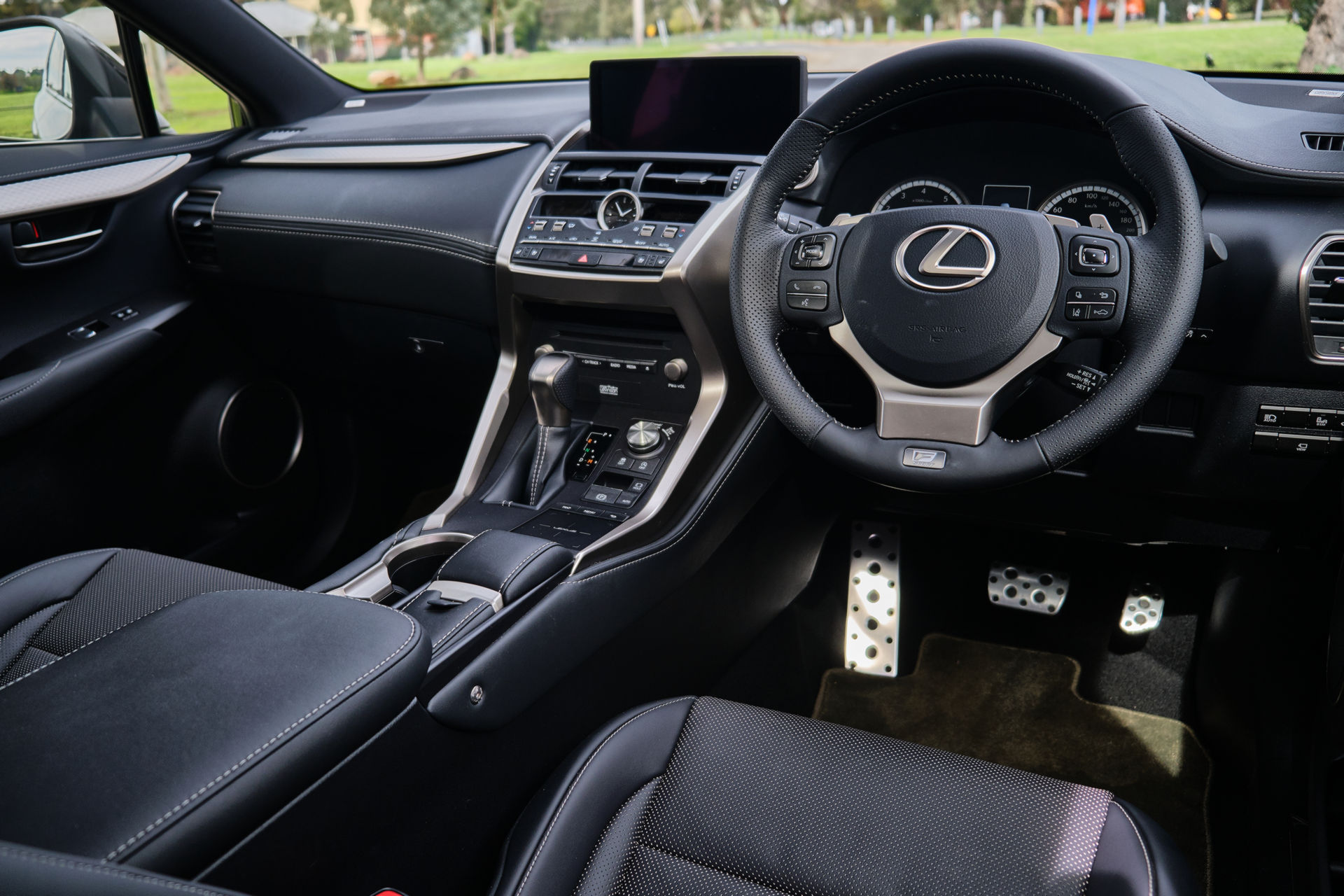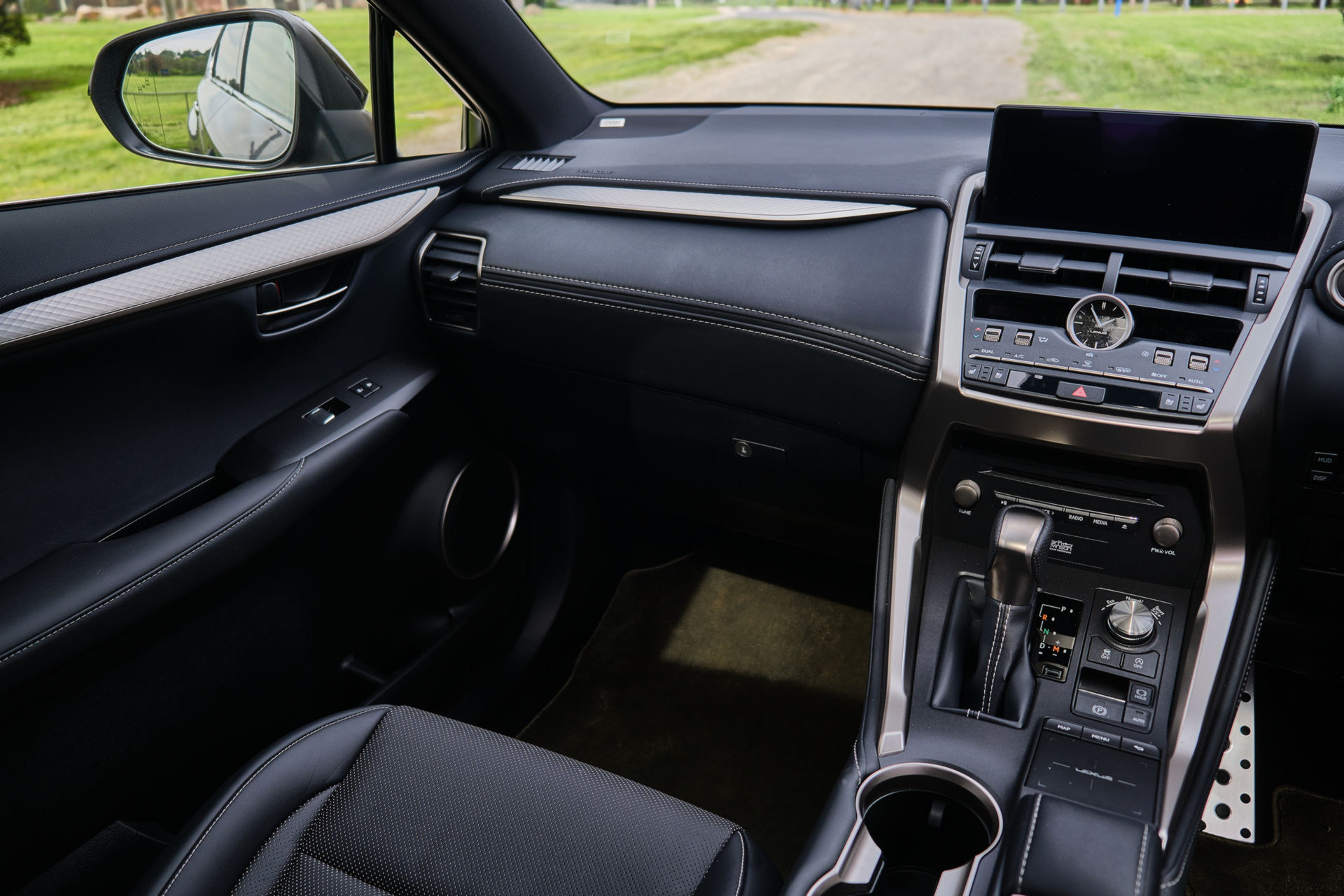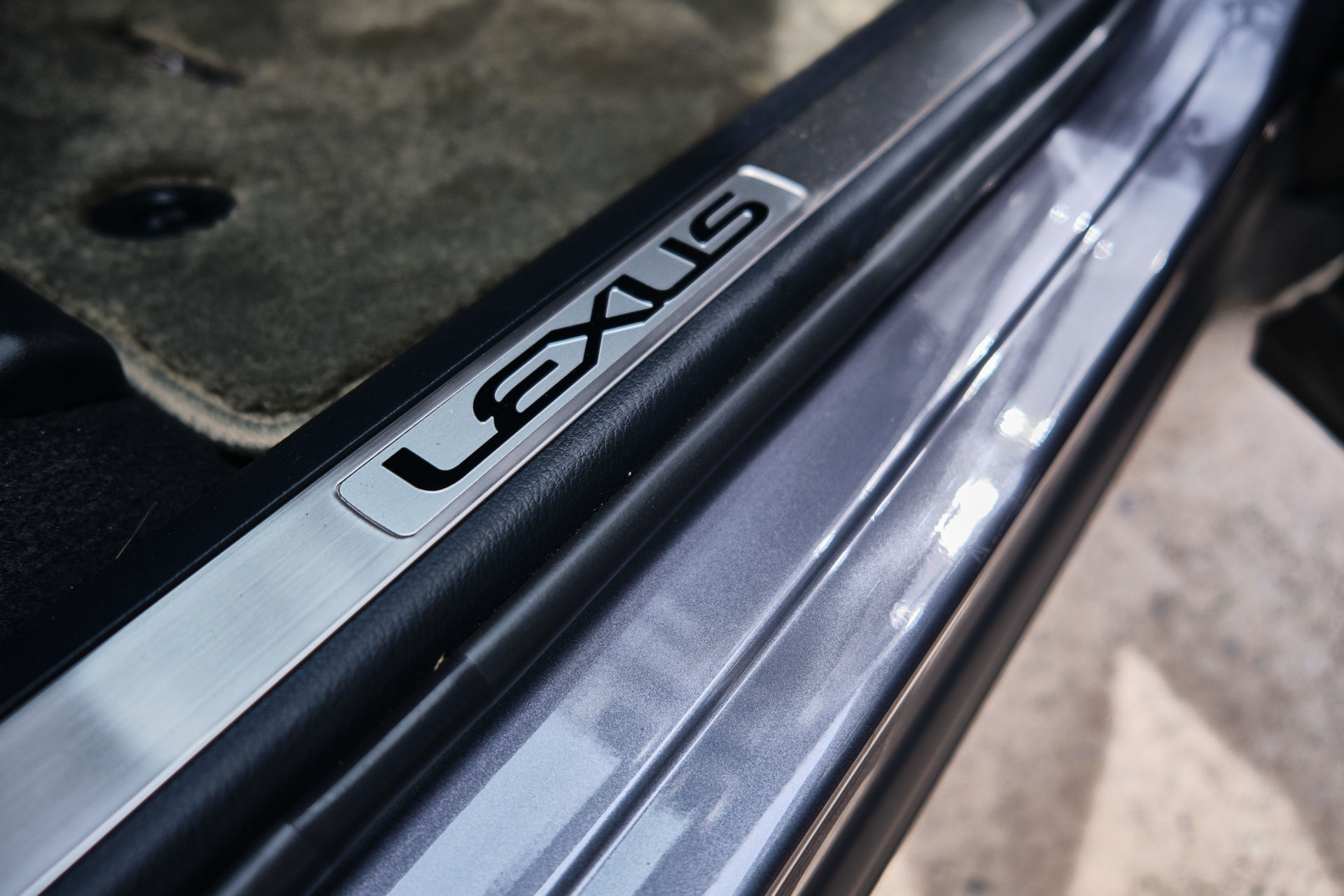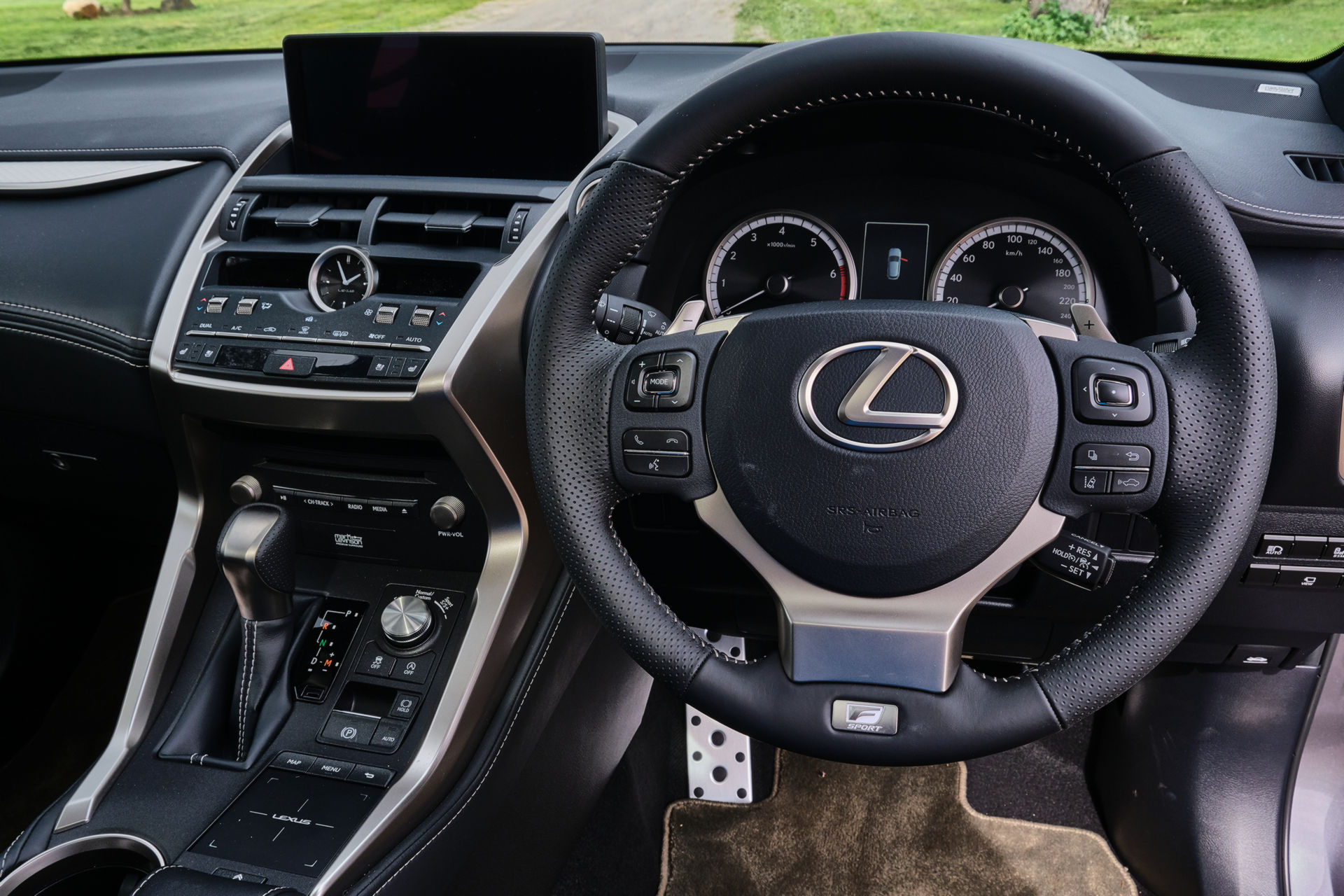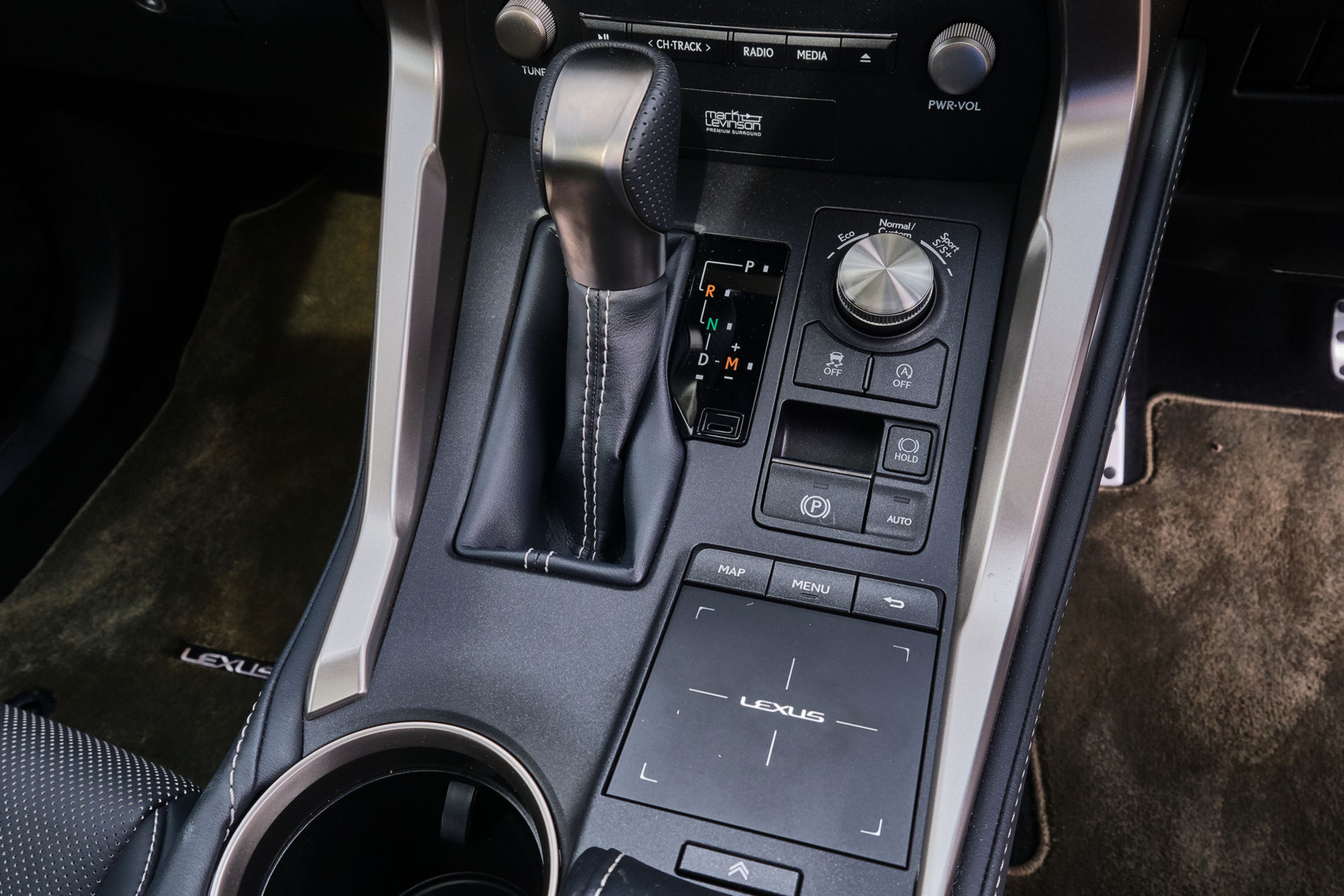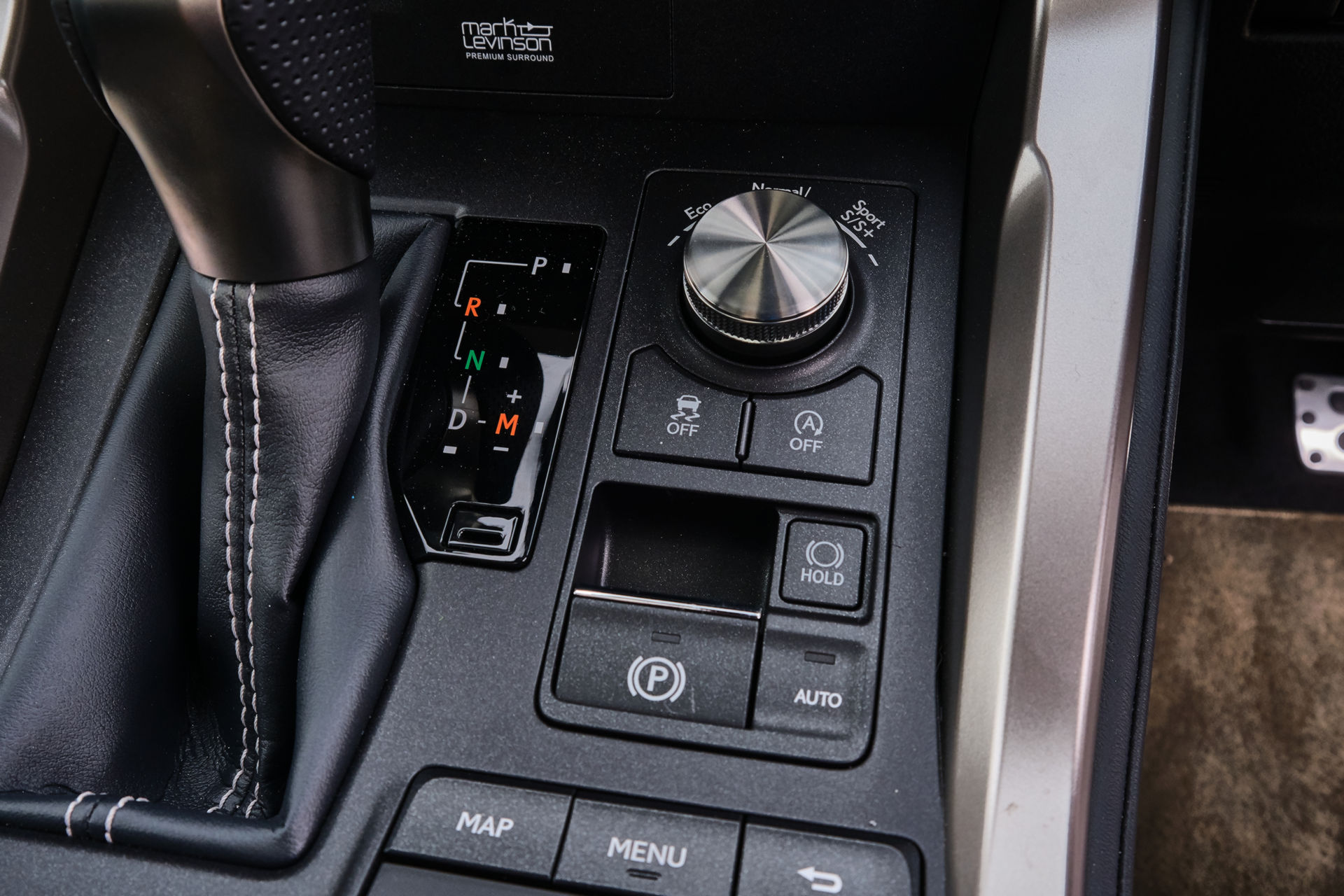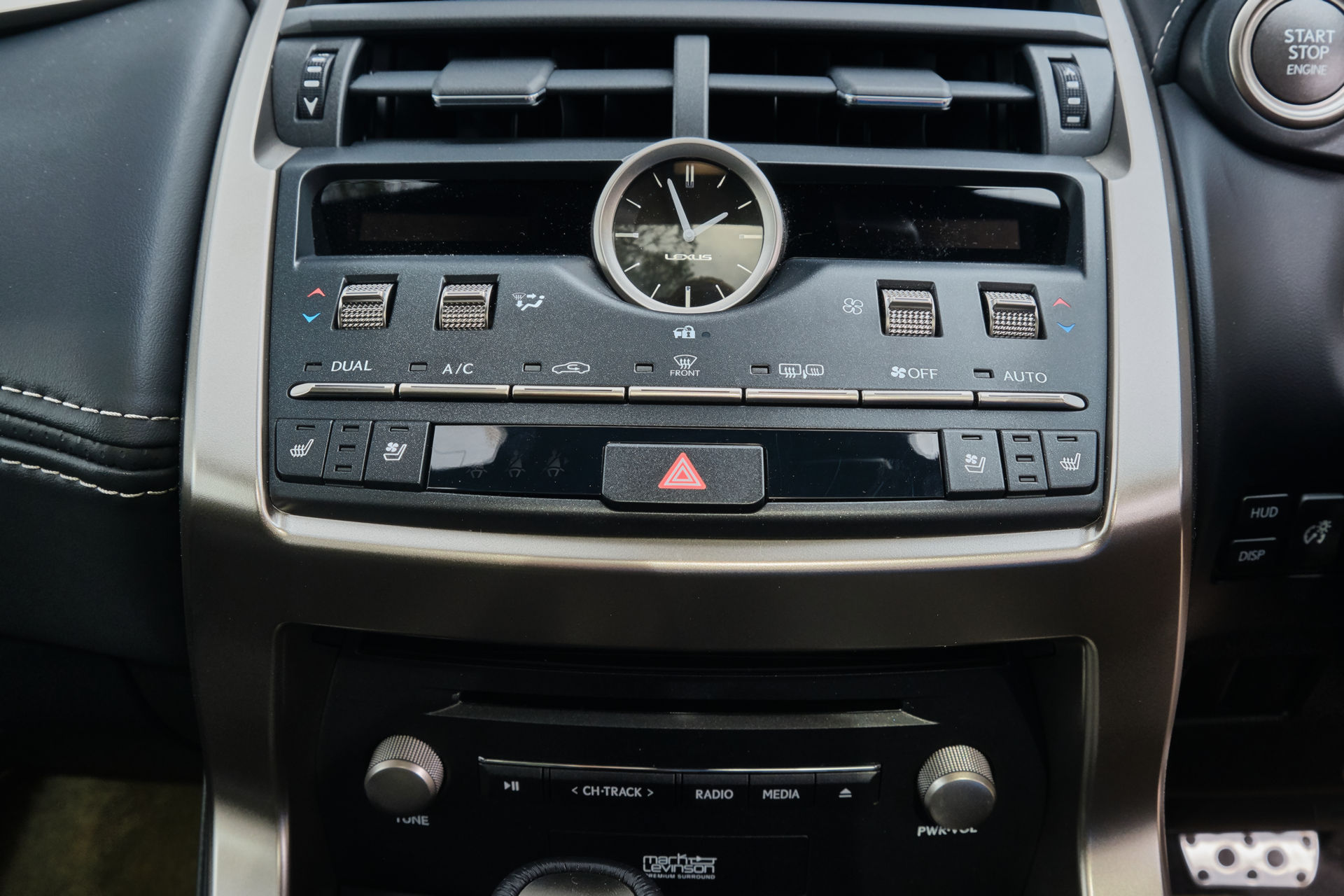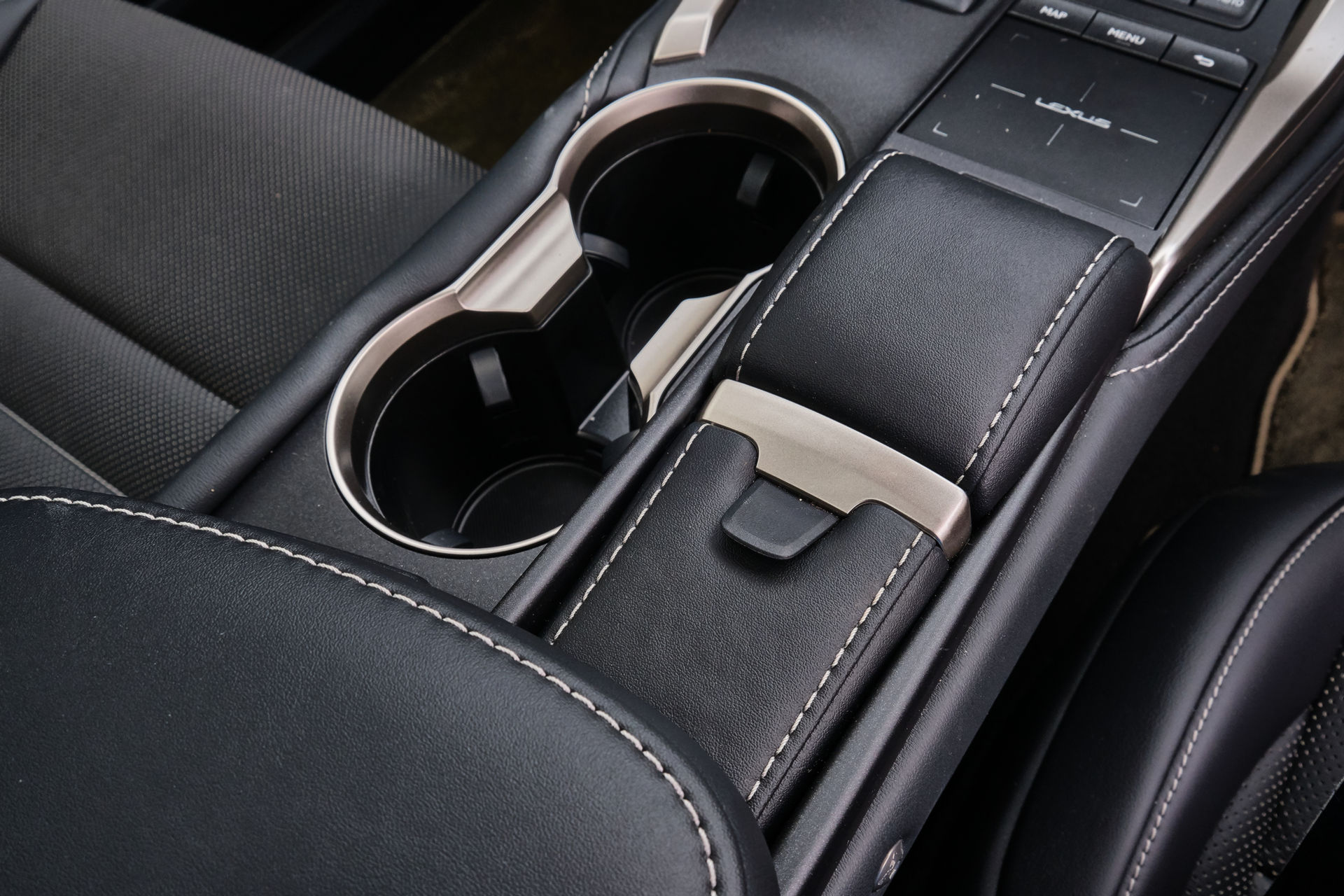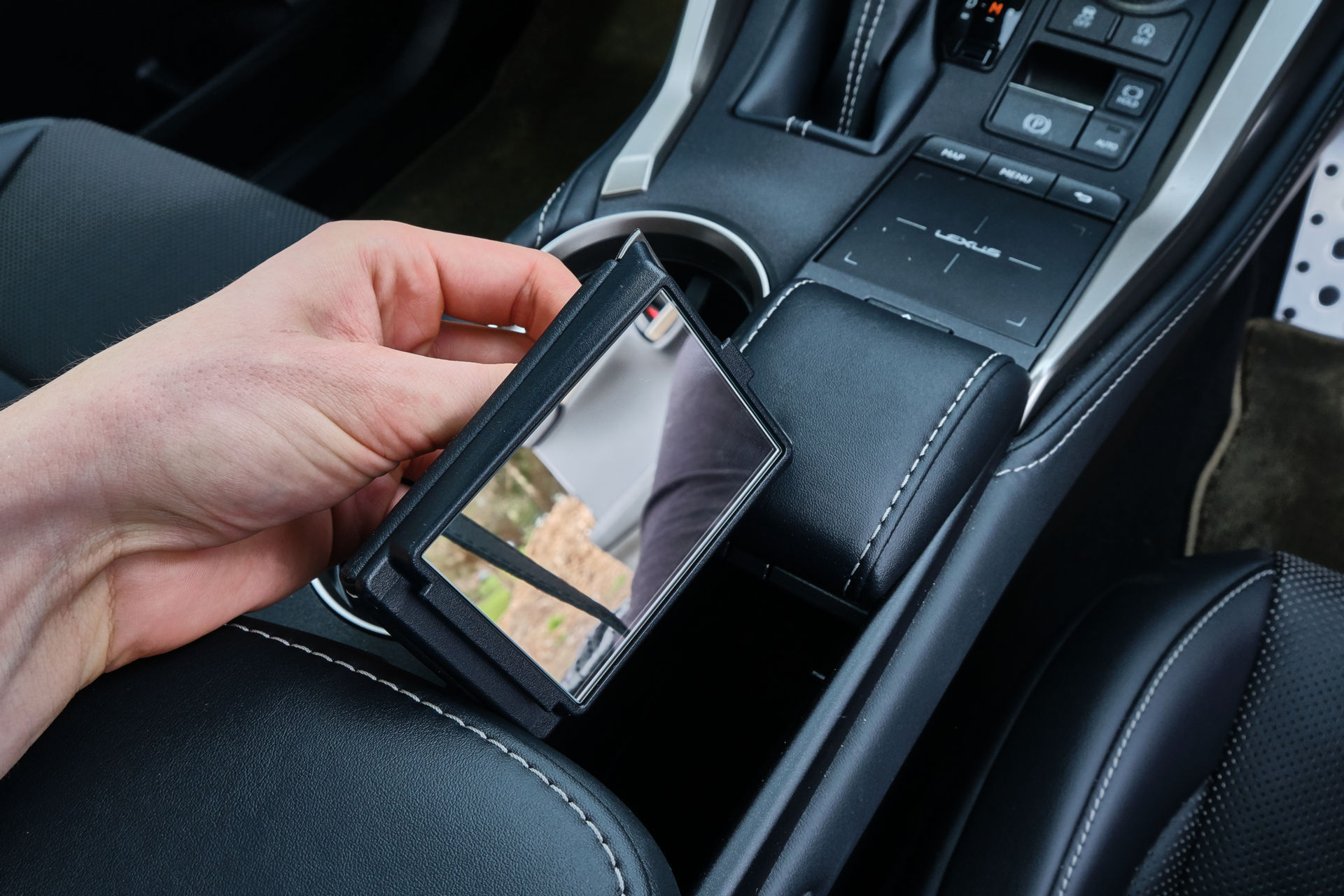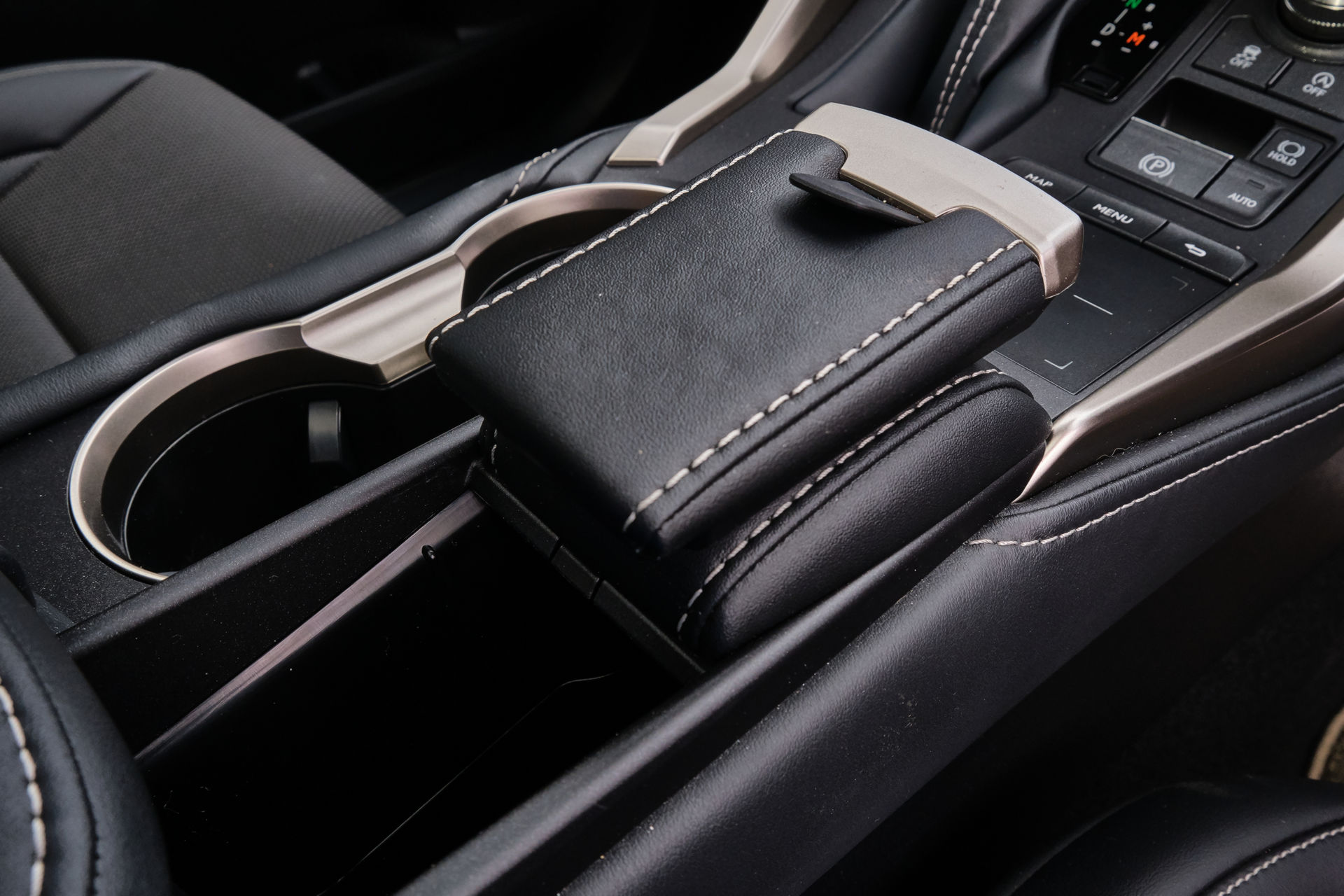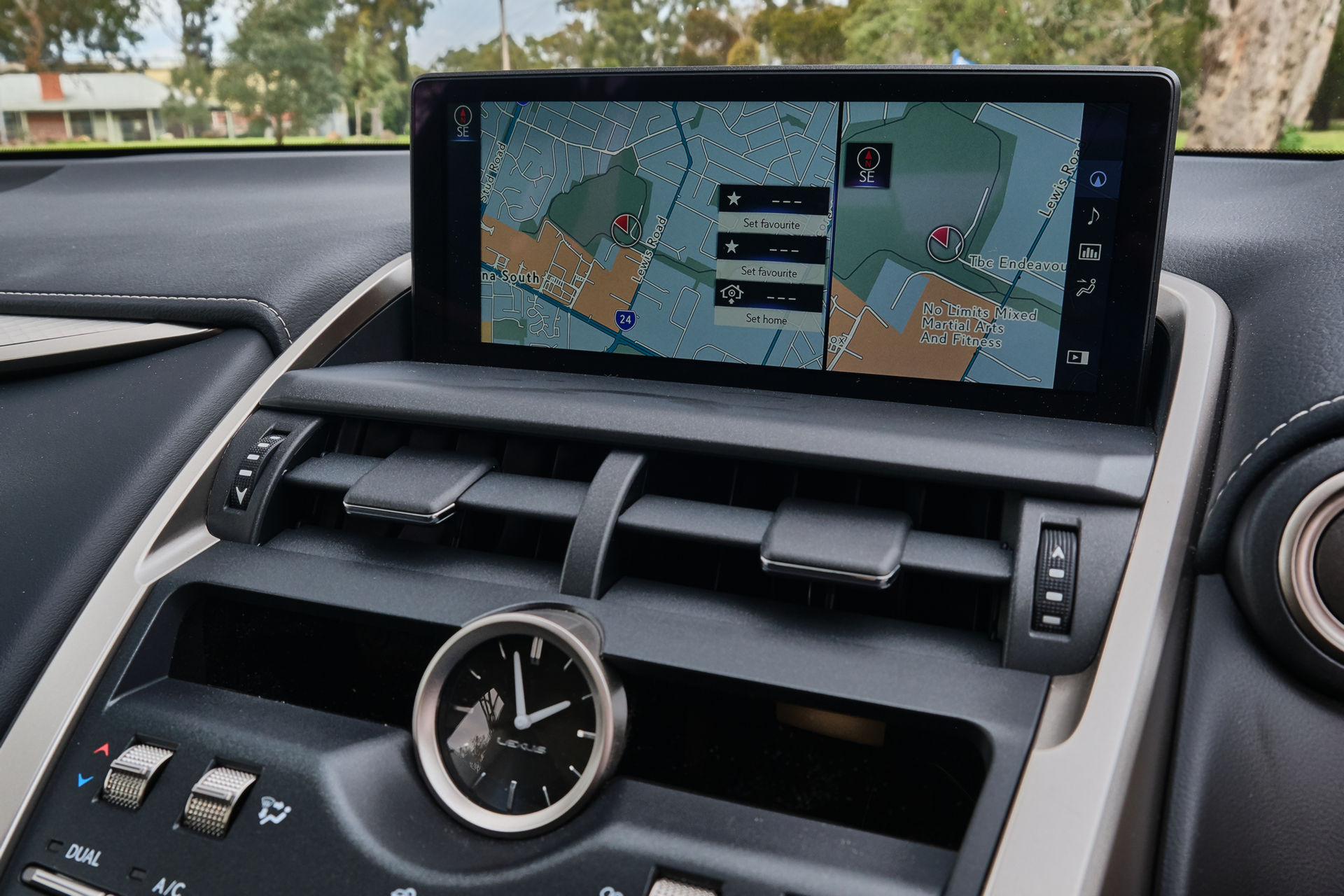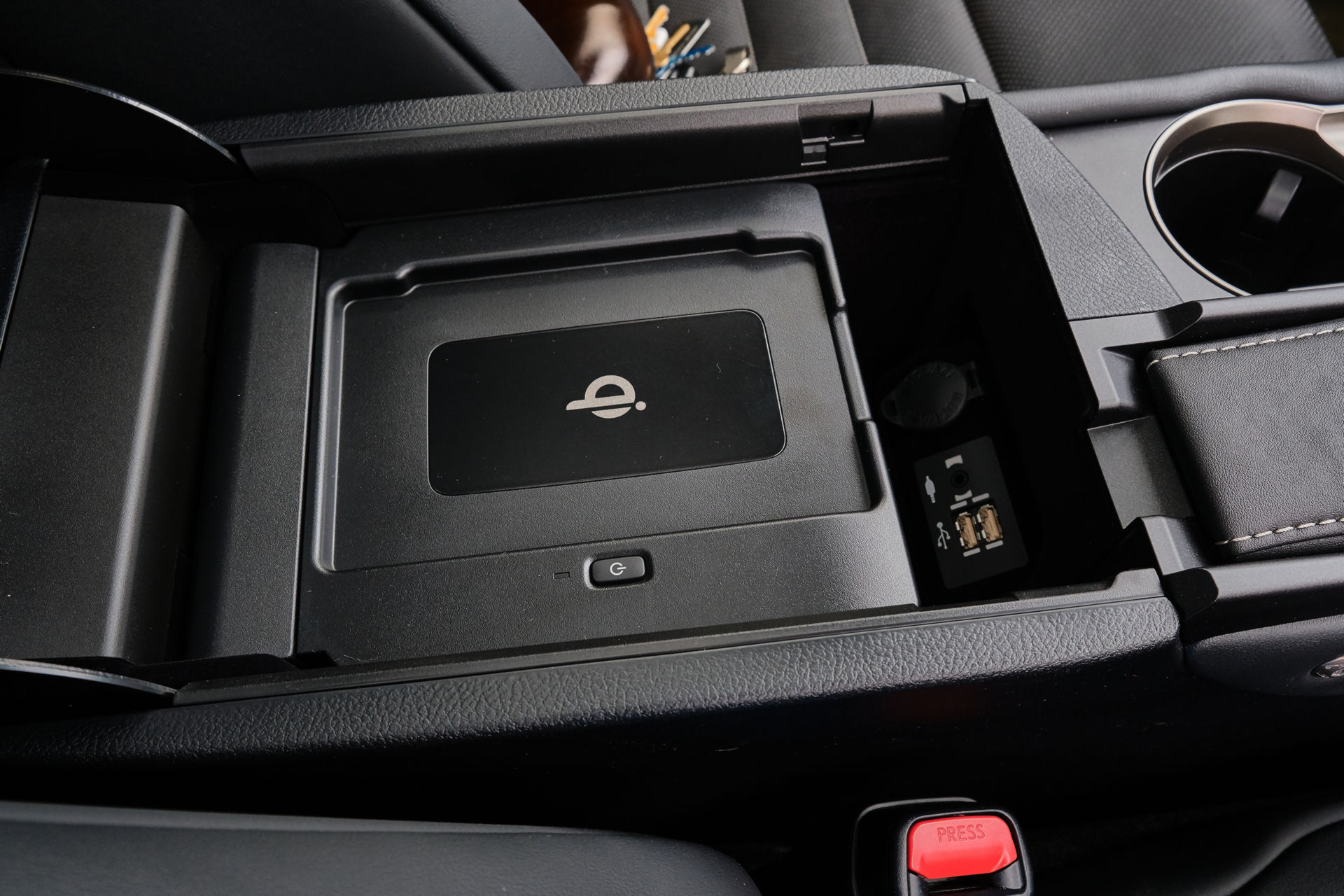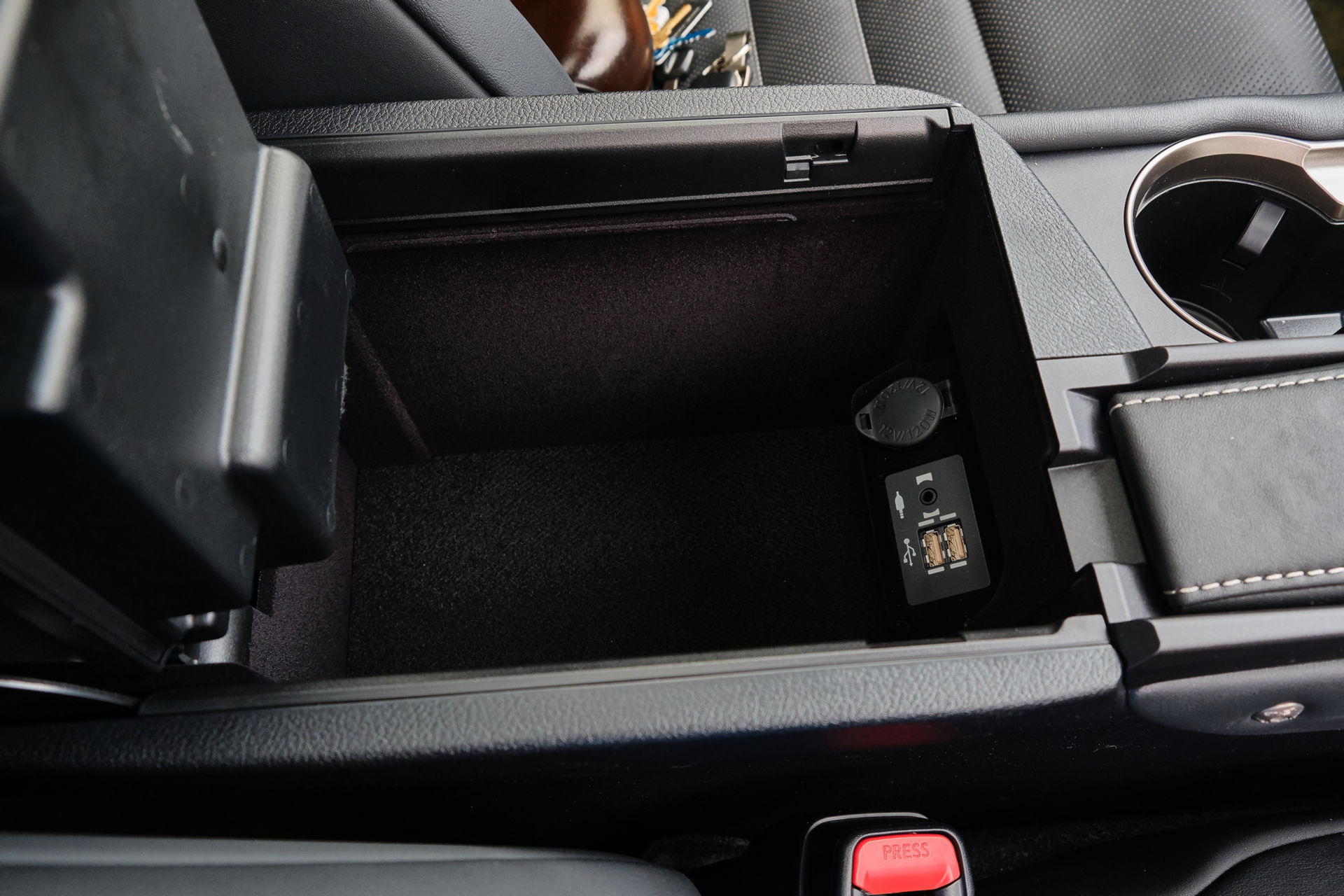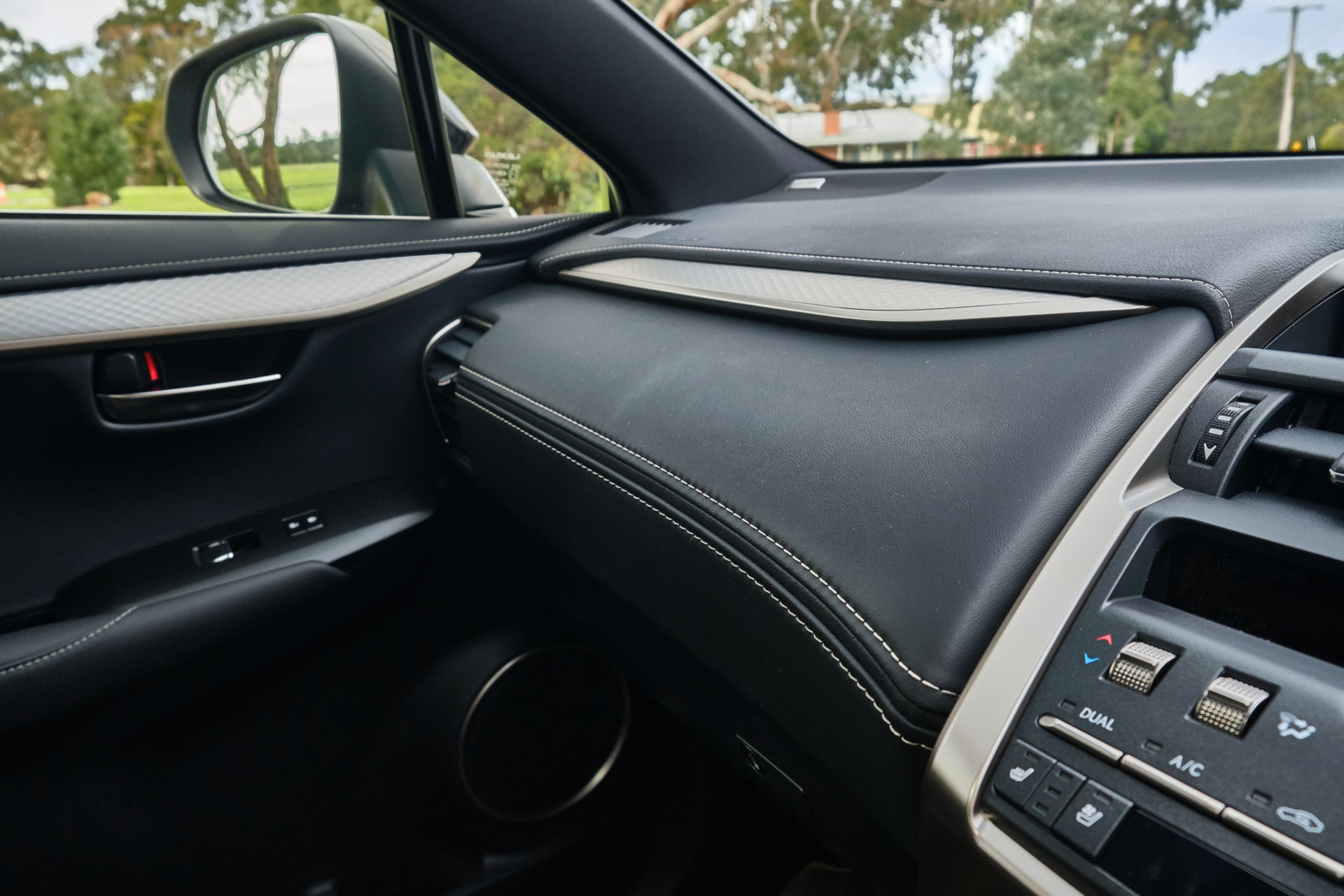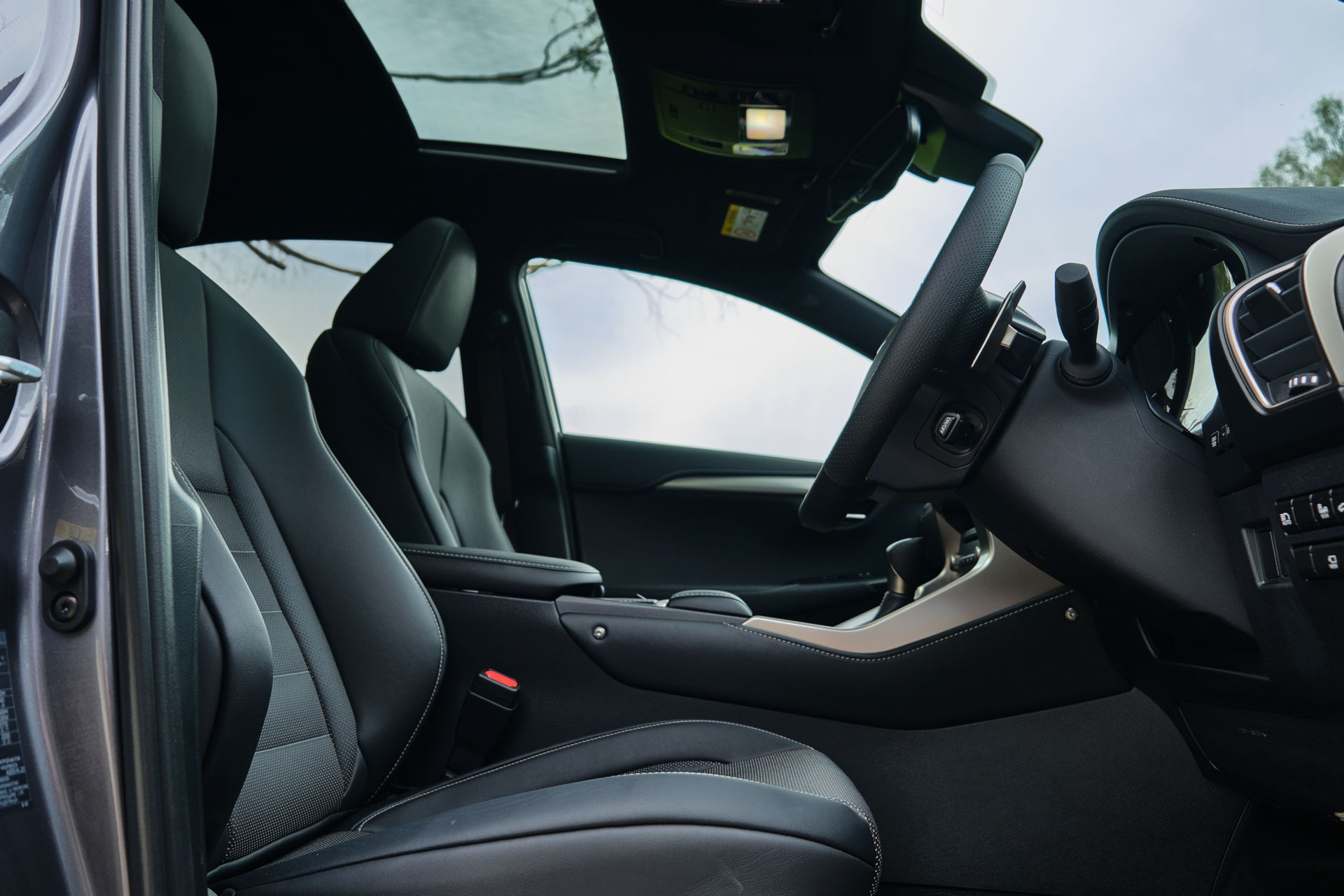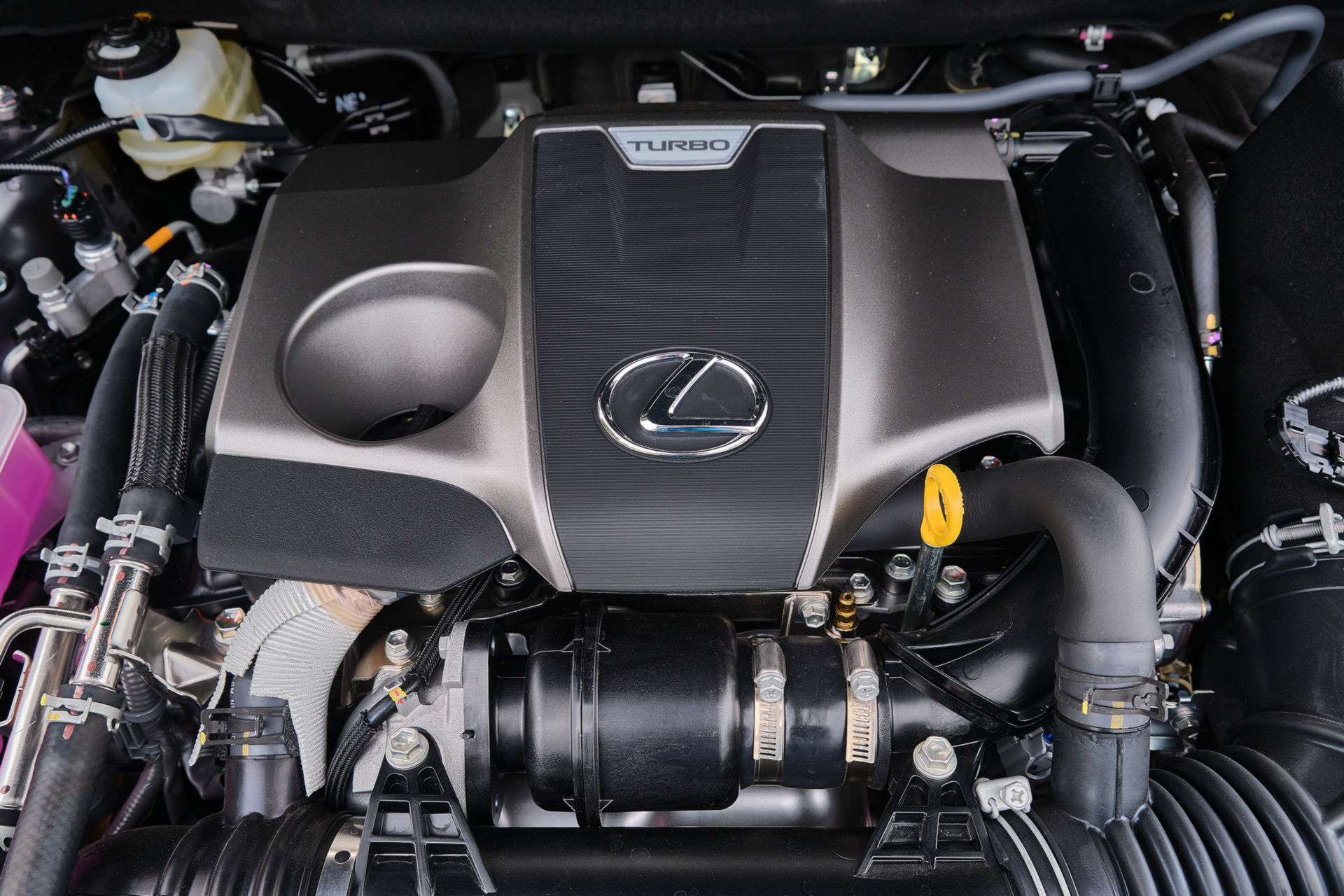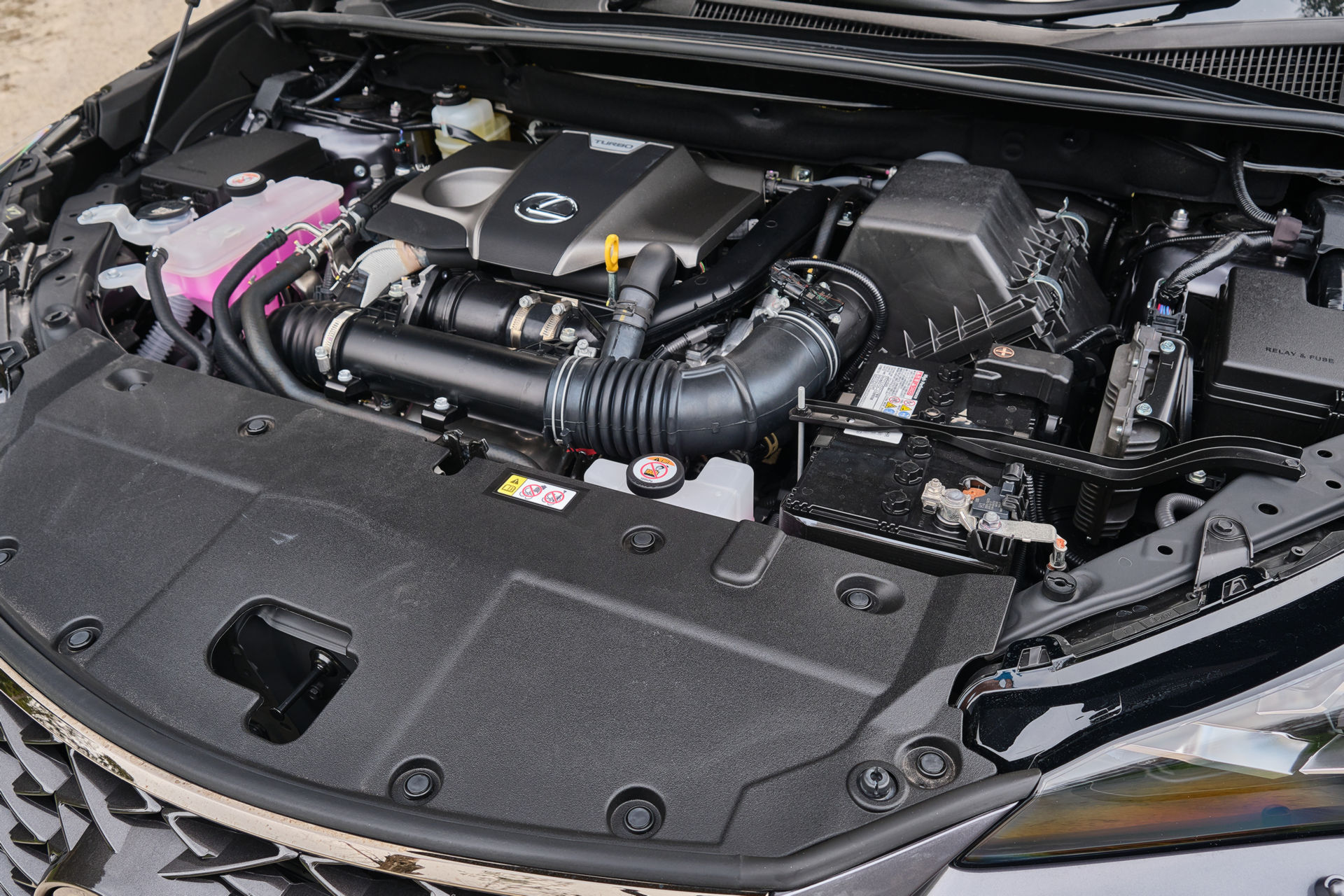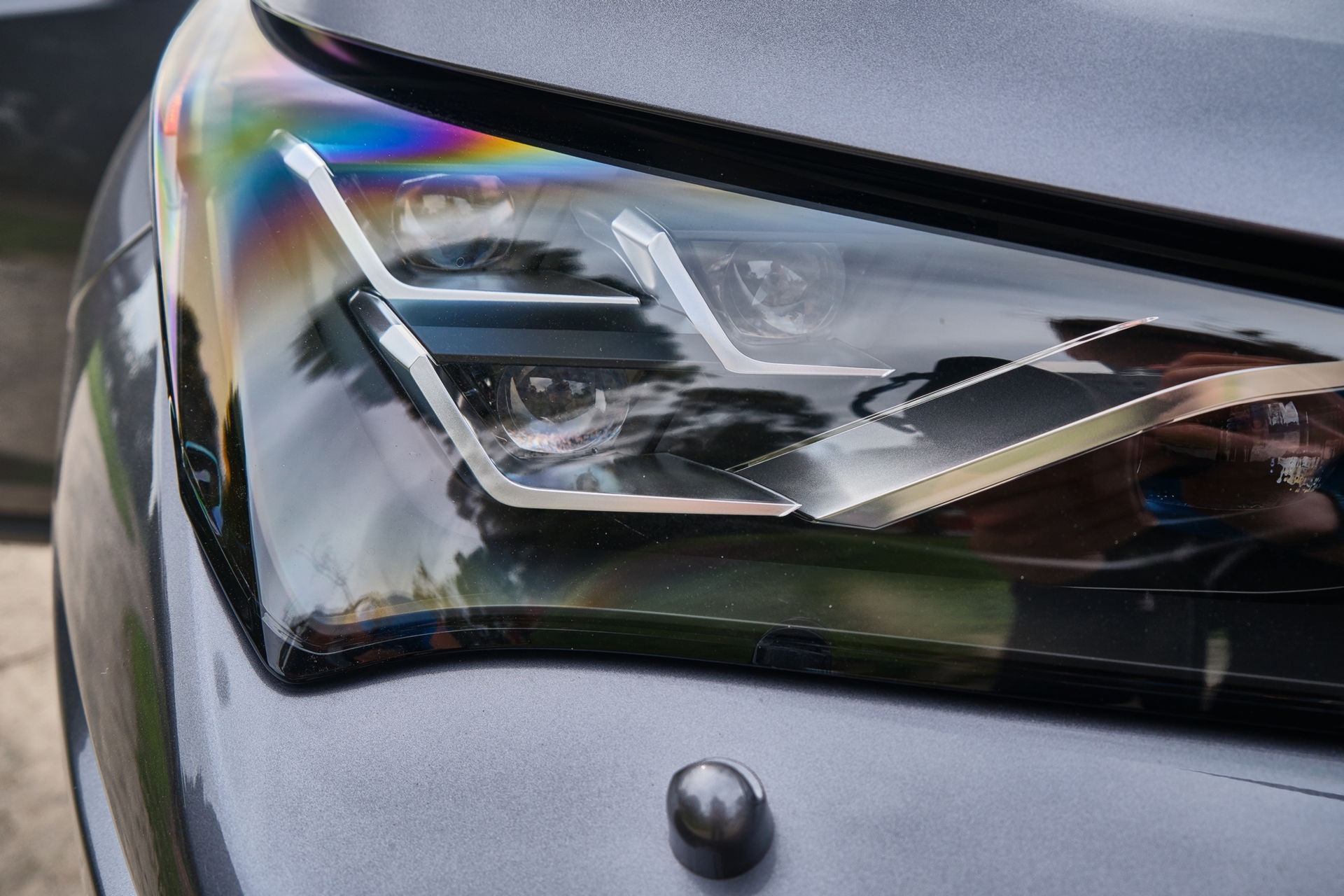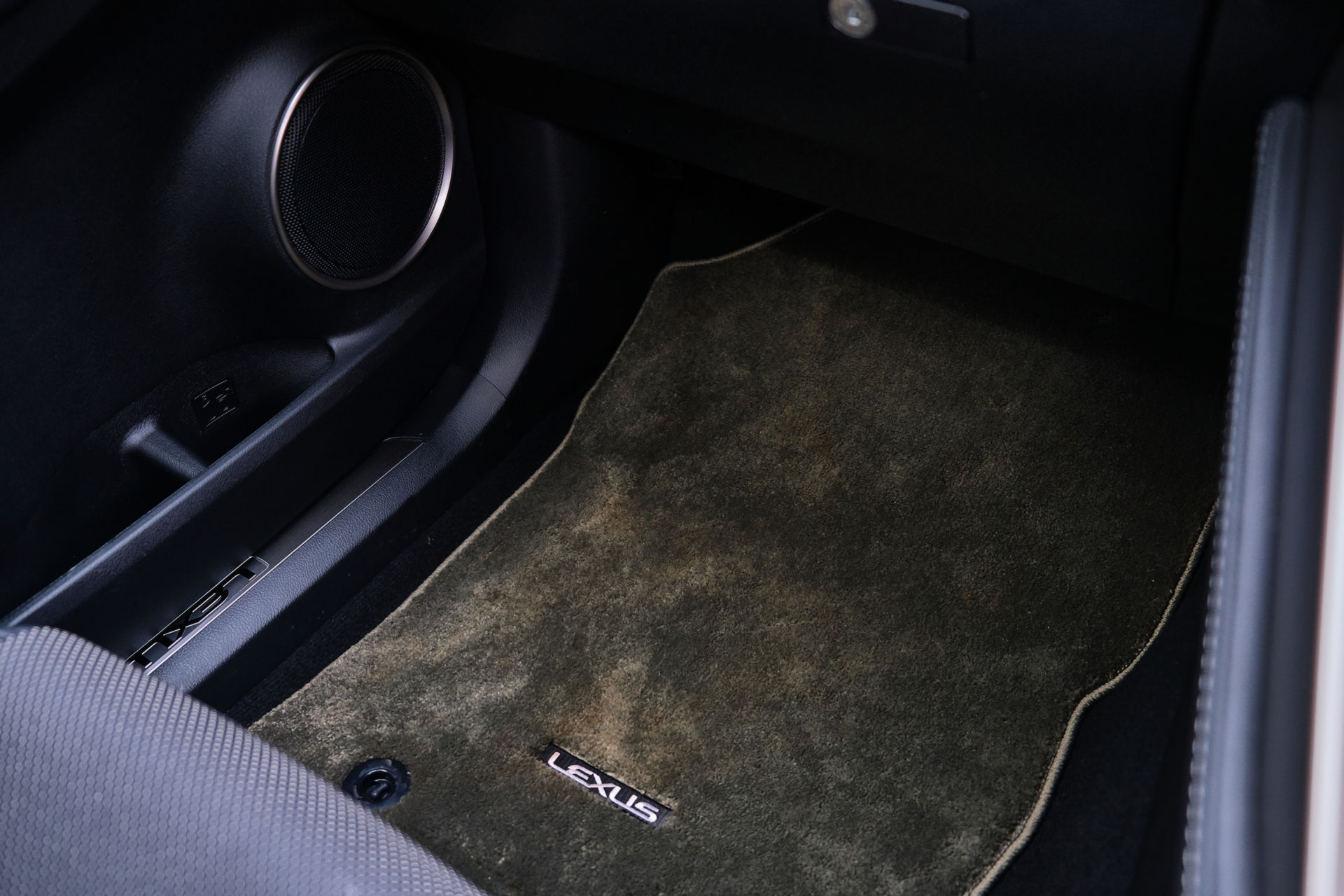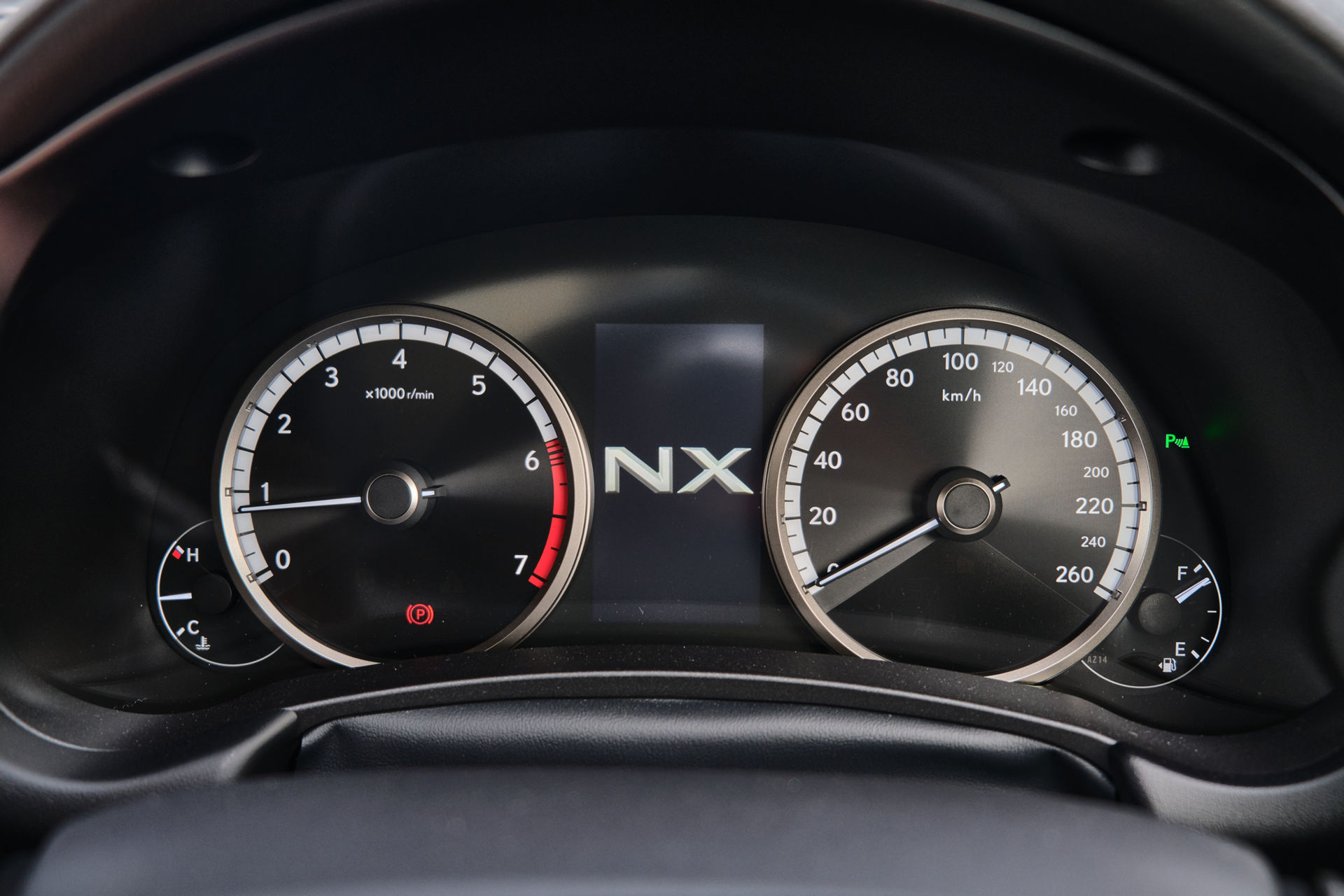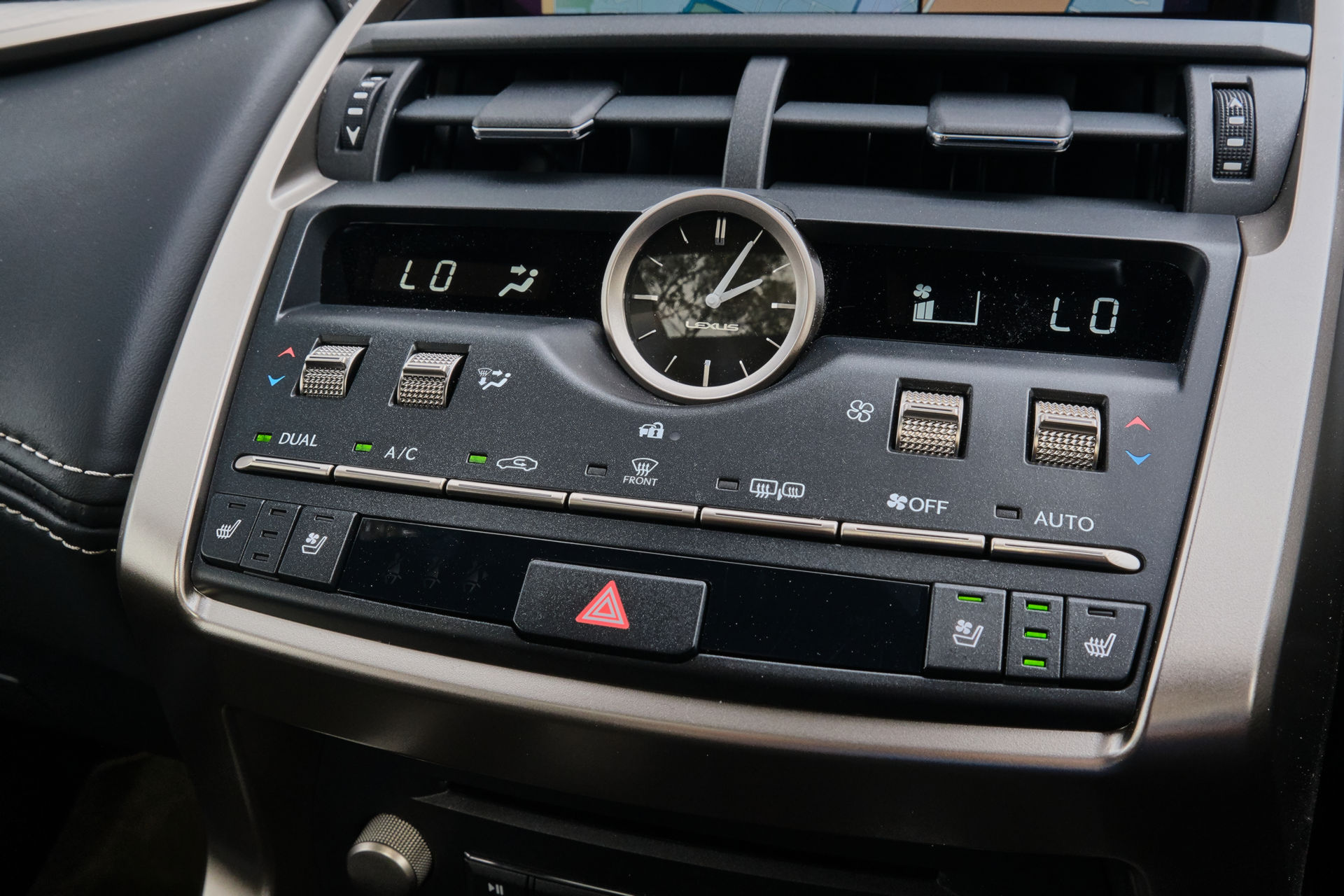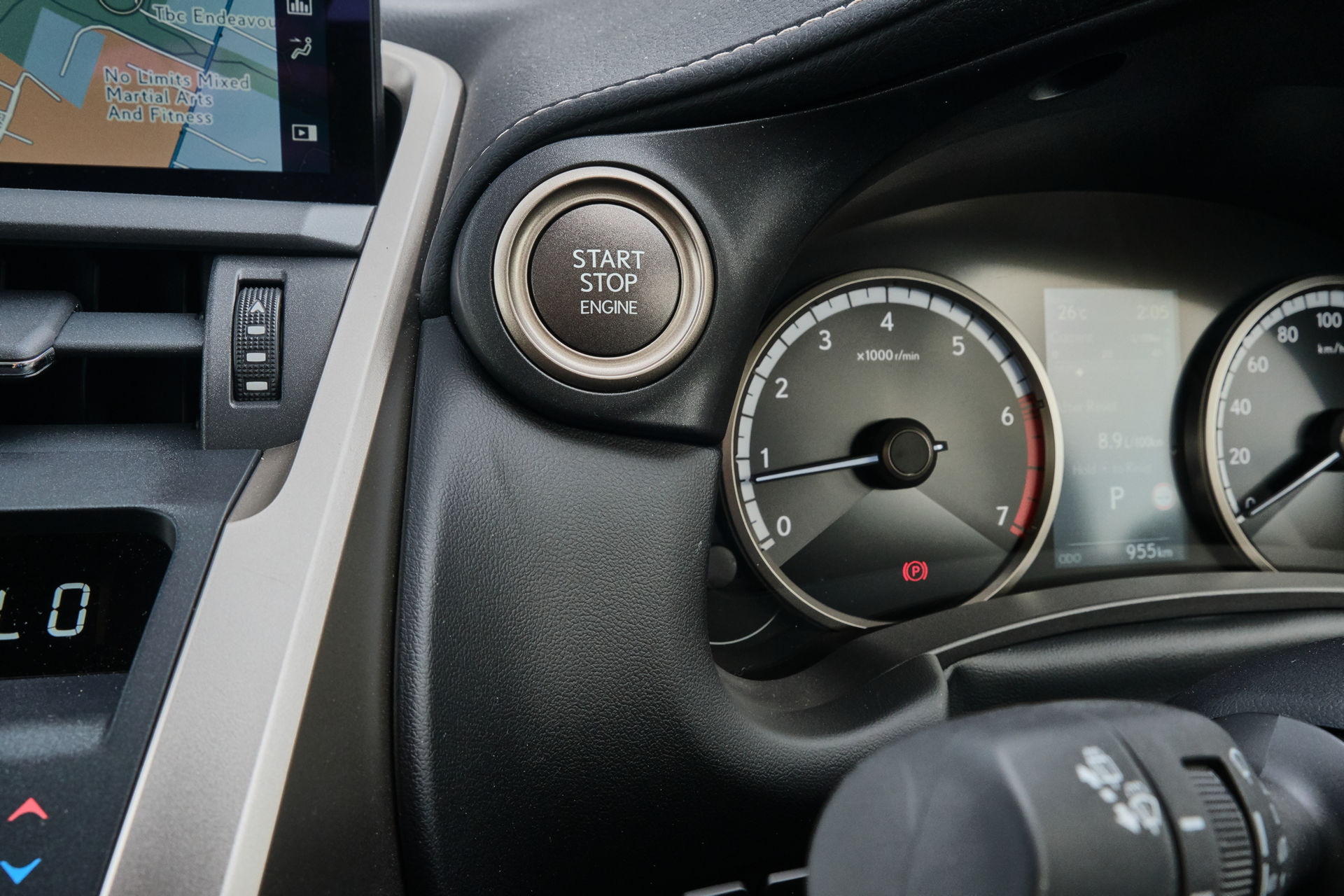The market for SUVs has never been more fiercely contested and choosing the right model for you can be a challenge. That includes the premium niche, where most are pretty good, and in reality, it is hard to make a bad choice. But with more and more vehicles occupying the compact premium segment than ever before, the Lexus NX remains a bit of an oddity.
Lexus introduced the NX back in 2014. That name, by the way, stands for ‘Nimble Crossover’, and there’s no doubting the fact that it is striking. But, is it actually a smart buy with alternatives like the Volvo XC60, BMW X3, Mercedes-Benz GLC and Audi Q5 vying for your hard-earned ones? Let’s find out.
As eye-catching as ever
The version we got to sample is the NX300 AWD that’s equipped with a 2.0-liter turbocharged four-cylinder delivering 238 HP and 350 Nm (258 lb-ft) of torque. Over the combined cycle, the engine sips a respectable 7.7 liters per 100 km (30 mpg).
Australian buyers can get the NX 300 in Luxury, F Sport, and Sports Luxury guises. Our test car was the F Sport that adds new front and rear performance dampers, an Adaptive Variable Suspension, Sport+ and Custom Drive Modes, and F Sport suspension tuning.
Its looks are divisive, to say the least, although it is sure bold. Like all current Lexus models, it is identifiable from a mile away thanks to the huge “spindle” grille and those eye-catching “Nike-tick” LED daytime running lights that have become a staple of the brand’s current models. The F Sport models like ours include distinctive front and rear bumpers as well as bespoke 18-inch wheels with a smokey finish. If you want to make a statement with an SUV, the Lexus NX will do the job nicely.
A cabin starting to show its age
Jumping into the NX, I admit I didn’t have all that much confidence having been recently spoiled by other similarly-sized SUVs in recent months like, for instance, the Volvo XC40. In addition, the Lexus is a touch older than most of its rivals.
Apart from the bold exterior, Toyota’s luxury brand also has a habit of designing interiors that also stand out, and it’s no different with the NX. The seating position is superb and the black leather adorning most of the interior surfaces of our test car was beautifully soft to the touch and shimmered under the sun. Brown-colored floot mats were a bit of an odd choice by whoever specced-out this example, though.
There is a familiar Lexus three-spoke steering wheel complete with an ‘F Sport’ logo on the base and handy buttons to control the radar cruise control, lane-keep assist, and infotainment functions. One area where the NX is starting to show its age is the analog gauge cluster that only includes a small multimedia display in the center. It’s simply not on the same level as the all-digital gauge clusters from the likes of Volvo, Jaguar, Mercedes-Benz and Audi.
It’s a similar story with the infotainment system. We’ve already seen in other models that the systems used by Lexus are inferior to those of the competition, and it is the same story with the NX. A prime example of that is that it has no touchscreen; instead, there is a touchpad that is slow to respond and makes operating the system a laborious process. As screens start to dominate the cabin experience of many new vehicles, car manufacturers are experimenting with different ways for consumers to interact with them. Mercedes-Benz, for example, has its MBUX system featuring a responsive touchscreen as well as a rotary controller should you prefer to use it. Earlier this year, Lexus announced the 2020 RX will feature a touchscreen alongside the familiar touchpad system. The NX, like all other Lexus models, desperately needs this.
Then we come to the lower part of the dash and the center console. All controls for the air conditioning and heating system rely on physical buttons that don’t feel as premium to use as the smaller UX. Certainly, the most intriguing aspect of the interior is a small center console lid that doubles as a mirror. It’s a fun little feature that exemplifies how Lexus often thinks outside the box.
In a similar vein, it has incorporated the available Qi wireless charging pad into the center console itself, and should you not want to use it, it can be folded away making way for the large storage cubby. Also found in the center console are two USB ports, an AUX input, and a cigarette lighter. Space in the rear is good, although the rear seats could benefit from being slightly lower. Our test car included the available ‘Enhancement Pack 2’ that includes a sunroof, a 14-speaker Mark Levinson audio system, smart keys, and a head-up display.
Fitting of the ‘Nimble Crossover’ badge when behind the wheel
With eye-catching looks and F-Sport badges, the NX has a lot of promise to deliver on when you turn it on and take it out for a spin. The good thing is that it really is the Nimble Crossover that its name implies.
The steering weight is perfect – not too light and not too heavy for a vehicle with some sporty prowess. I haven’t had the opportunity to test an NX without the available F Sport package, so I can’t comment on how those examples handle. What I can say is that the NX300 F Sport has very good driving dynamics and can be hurried through corners at an impressive pace with ease.
Ride comfort, on the other hand, is acceptable but also easy to upset across rough terrain or if you hit an unexpected pothole or bump in the road. I suspect non-F Sport models ride nicer without the sports suspension.
In the end, the Lexus NX is a tantalizing proposition for compact crossovers buyers and very enjoyable to drive. However, it is let down by outdated technologies and an interior that doesn’t feel as premium as even the entry-level UX. Fortunately, an all-new generation is just around the corner…



